Earth, Environmental & Agricultural Sciences
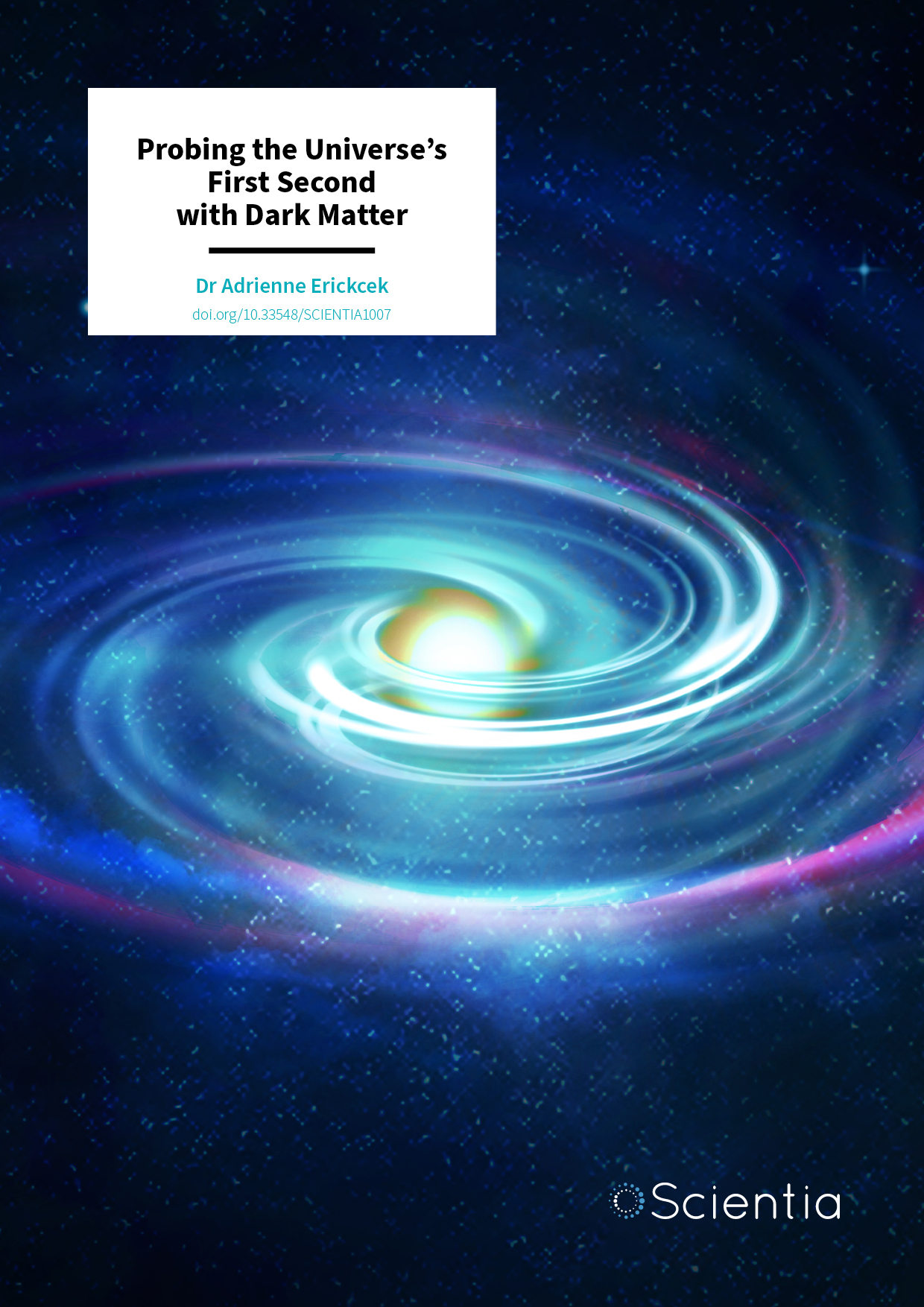
Dr Adrienne Erickcek | Probing the Universe’s First Second with Dark Matter
Dr Adrienne Erickcek at the University of North Carolina is working with colleagues to provide new insights into this mysterious substance. The team is currently investigating how the expansion history of the early Universe affects how dark matter is distributed throughout the cosmos and the implications these structures have for the origins of dark matter itself.
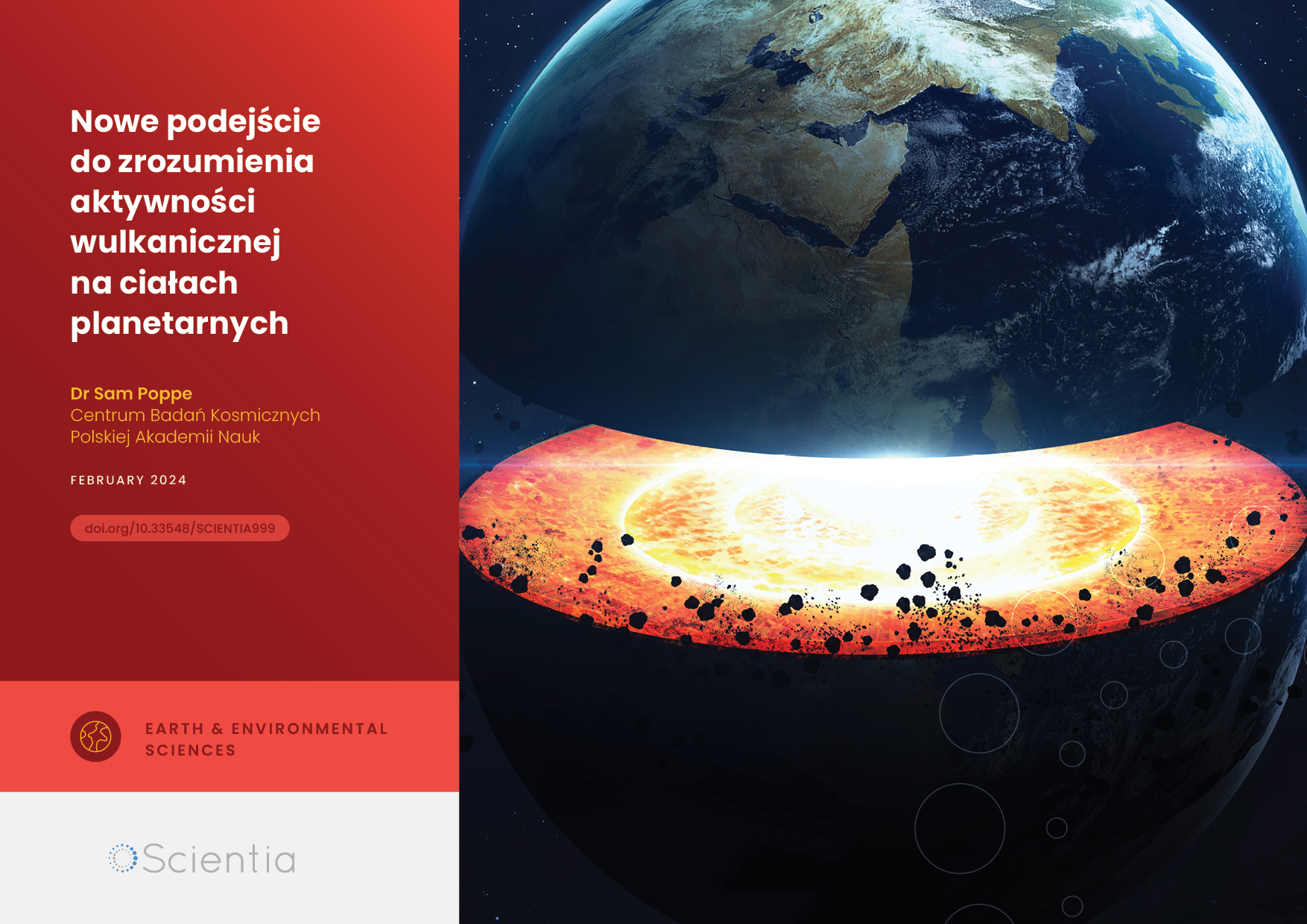
Dr Sam Poppe | Nowe podejście do zrozumienia aktywności wulkanicznej na ciałach planetarnych
Zrozumienie, w jaki sposób podpowierzchniowa aktywność magmowa wpływa na skorupę ziemską, ma kluczowe znaczenie dla dokładnego prognozowania erupcji wulkanów. Dr Sam Poppe i jego zespół z Centrum Badań Kosmicznych PAN opracowali wielometodyczne podejście łączące skalowane modele laboratoryjne, badania terenowe, obserwacje innych ciał planetarnych i modele numeryczne w celu określenia wpływu dynamiki wypierania magmy na skorupy ciał planetarnych, takich jak Ziemia, Księżyc i Mars. Dzięki lepszemu zrozumieniu mechaniki wulkanów, ich praca może poprawić przewidywanie erupcji na Ziemi i zrozumienie przeszłej aktywności wulkanicznej na otaczających nas księżycach i planetach.
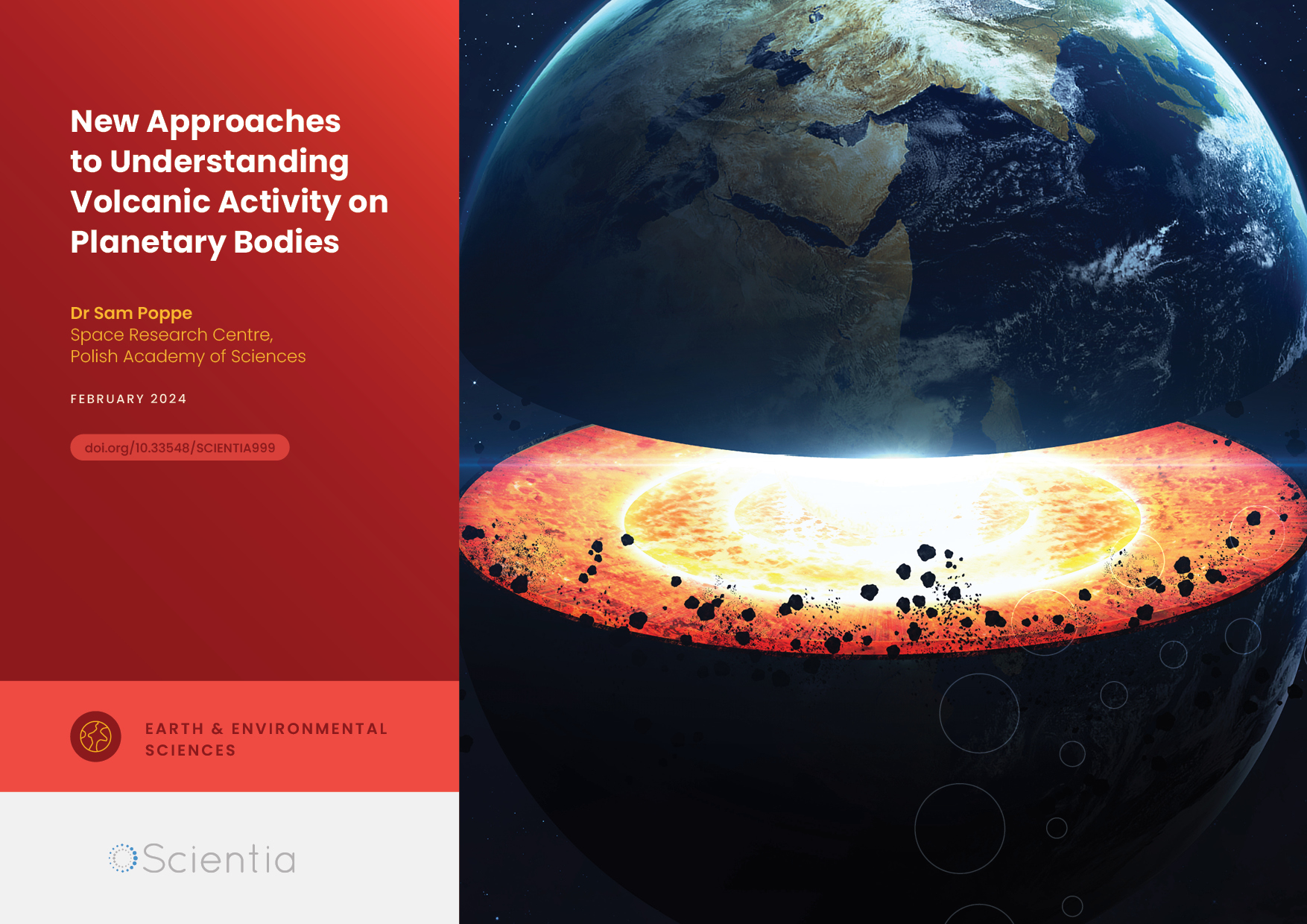
Dr Sam Poppe | New Approaches to Understanding Volcanic Activity on Planetary Bodies
Understanding how subsurface magmatic activity affects the Earth’s crust is crucial to accurately forecasting volcano eruptions. Dr Sam Poppe and his team at the Space Research Centre of the Polish Academy of Sciences have developed a multimethod approach combining scaled laboratory models, fieldwork, observations of other planetary bodies, and numerical models to determine the effect of magma emplacement dynamics on the crusts of planetary bodies like the Earth, Moon, and Mars. By progressing the understanding of the mechanics of volcanoes, their work can improve the prediction of eruptions on Earth and understanding of past volcanic activity on our surrounding moons and planets.
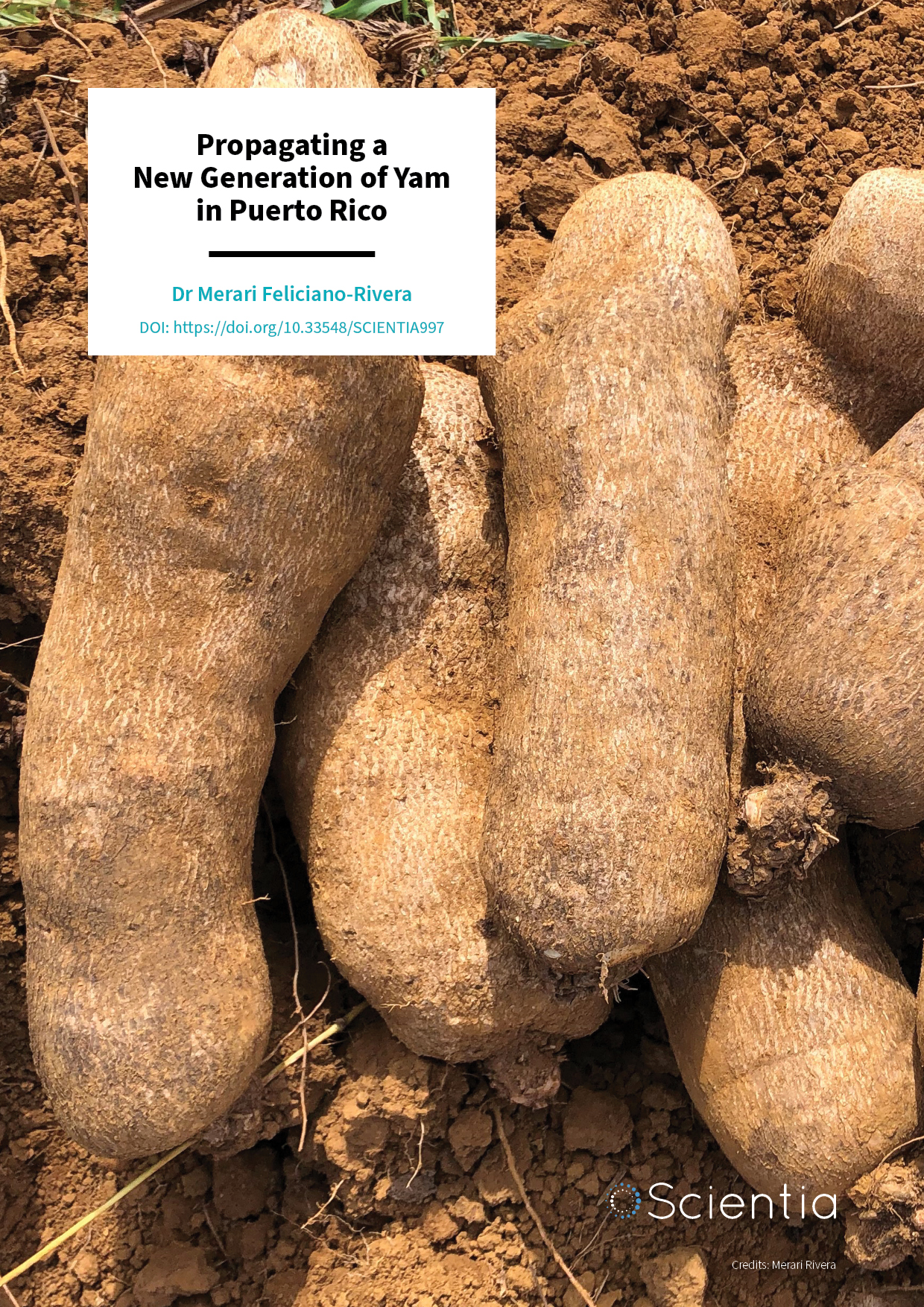
Dr Merari Feliciano-Rivera | Propagating a New Generation of Yam in Puerto Rico
Yams are an essential nutritional crop in Puerto Rico, but unfortunately, years of poor management have left farmers with a lack of good-quality seeds from which to grow new plants. Dr Merari Feliciano-Rivera from the University of Puerto Rico at Mayagüez has been working with a team of scientists and students to address this problem and propagate a new generation of disease-free seeds.
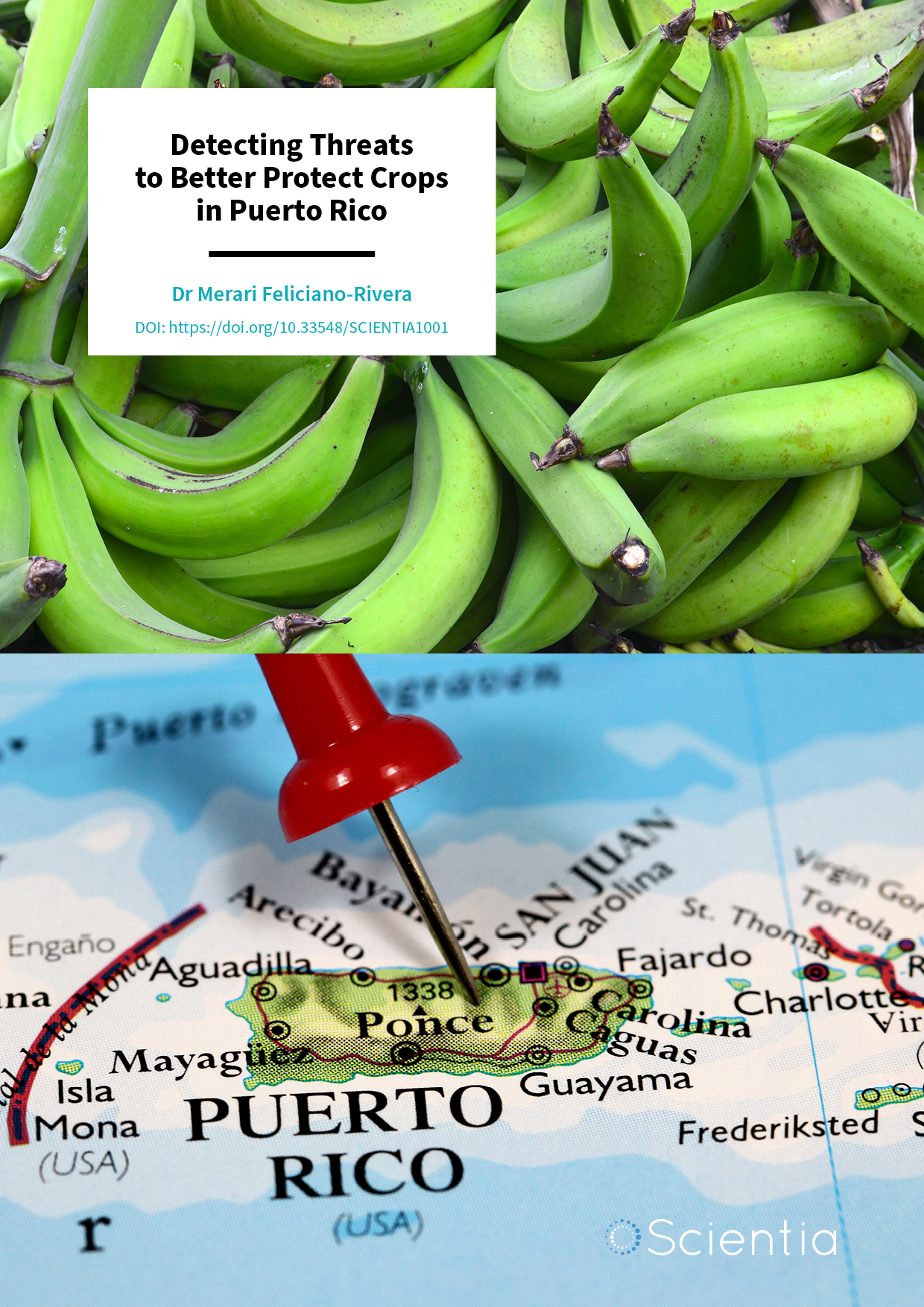
Dr Merari Feliciano-Rivera | Detecting Threats to Better Protect Crops in Puerto Rico
Foods rich in starch, such as bananas, yams, and plantains, are among the most important crops grown in Puerto Rico, contributing significantly to the agricultural economy. However, the diseases affecting these plants significantly threaten the livelihoods of farmers and producers, as well as the island’s food security. Dr Merari Feliciano-Rivera from the University of Puerto Rico has been working with colleagues to find faster and more robust methods of identifying diseases before they can take hold and cause widespread crop damage.
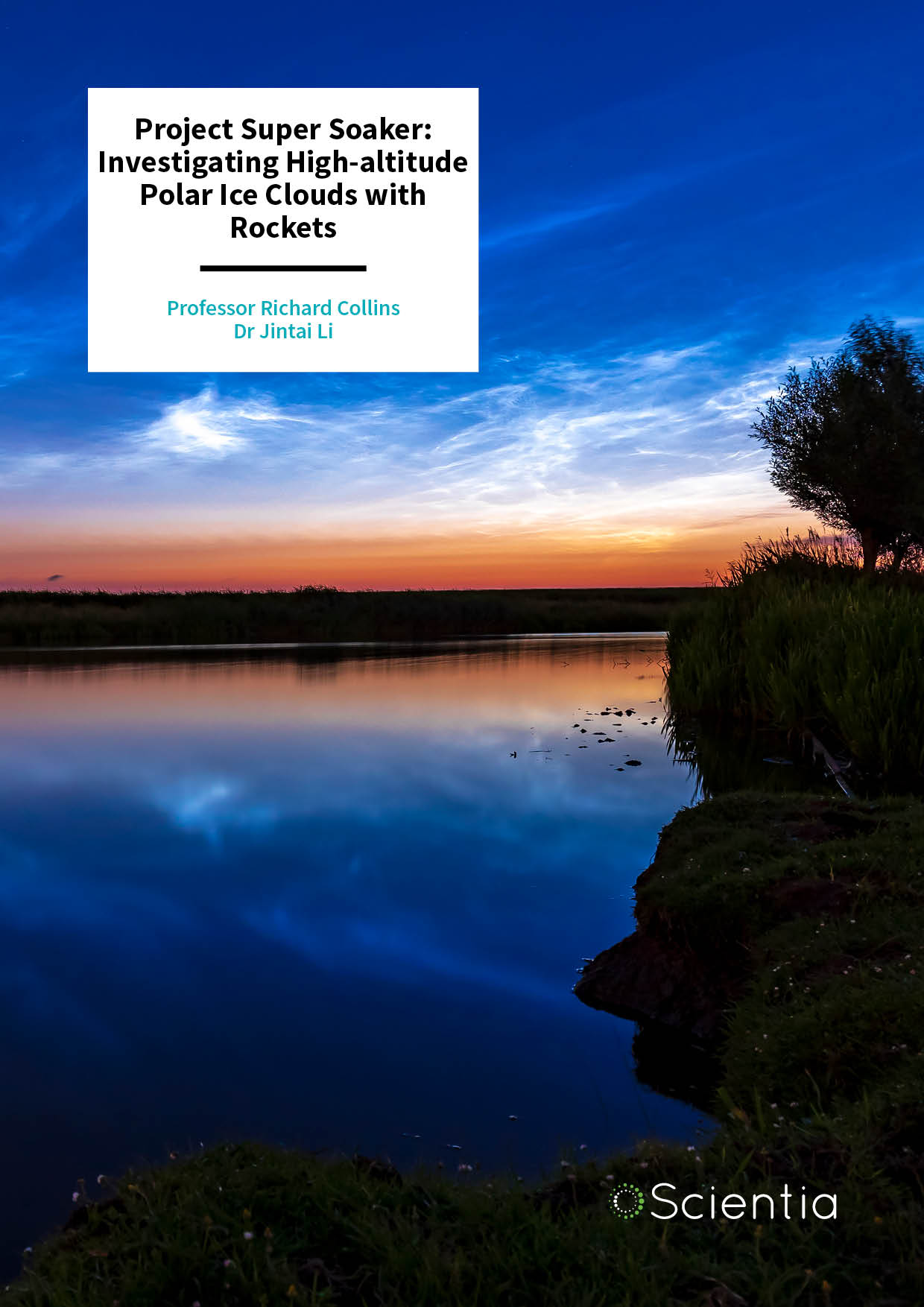
Professor Richard Collins – Dr Jintai Li | Project Super Soaker: Investigating High-altitude Polar Ice Clouds with Rockets
Phenomena in the upper atmosphere are difficult to study for several reasons – some rarely form, others are difficult to see, and all are incredibly high up. Polar Mesospheric Clouds (PMCs) are no exception, forming at around 80 kilometres up into the sky, only under specific atmospheric conditions, and only visible to the naked eye during twilight. PMCs are also called noctilucent or ‘night-shining’ clouds, as they appear to glow in the summer nighttime sky. Professor Richard Collins from the University of Alaska Fairbanks is using rockets to seed these clouds, allowing better investigations of both PMCs and the effects of space traffic on our upper atmosphere.
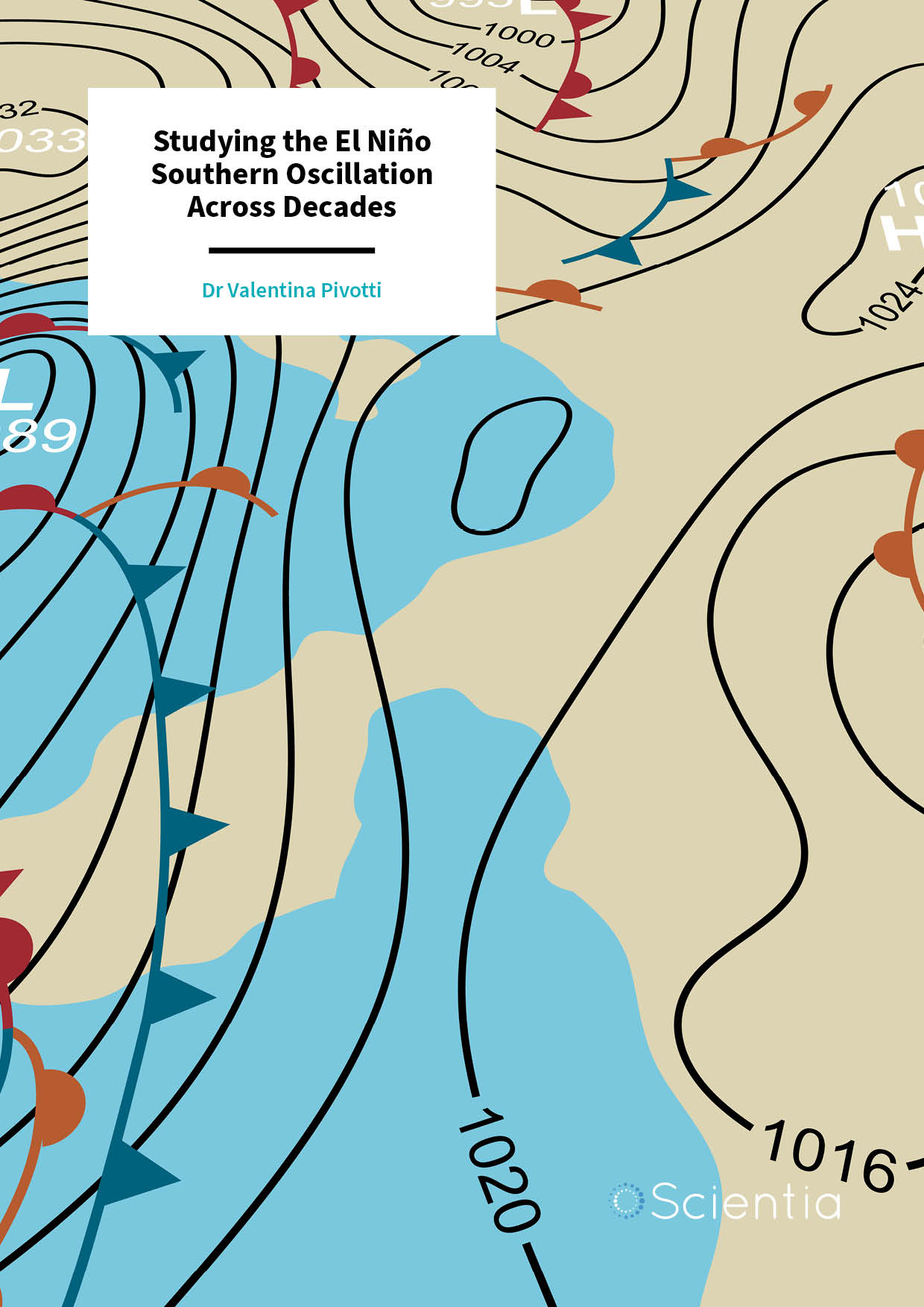
Dr Valentina Pivotti | Studying the El Niño Southern Oscillation Across Decades
The El Niño Southern Oscillation (ENSO) is a naturally occurring climate phenomenon that has significant consequences for global weather patterns. Therefore, understanding the mechanisms that drive ENSO is extremely important to improve the resilience of the people and ecosystems impacted by these events. Using climate data spanning 140 years, Dr Valentina Pivotti of Malmö University is investigating the precursors to ENSO events. Understanding the underlying mechanisms is critical for improving climate models and predicting future ENSO events, especially in combination with climate change.
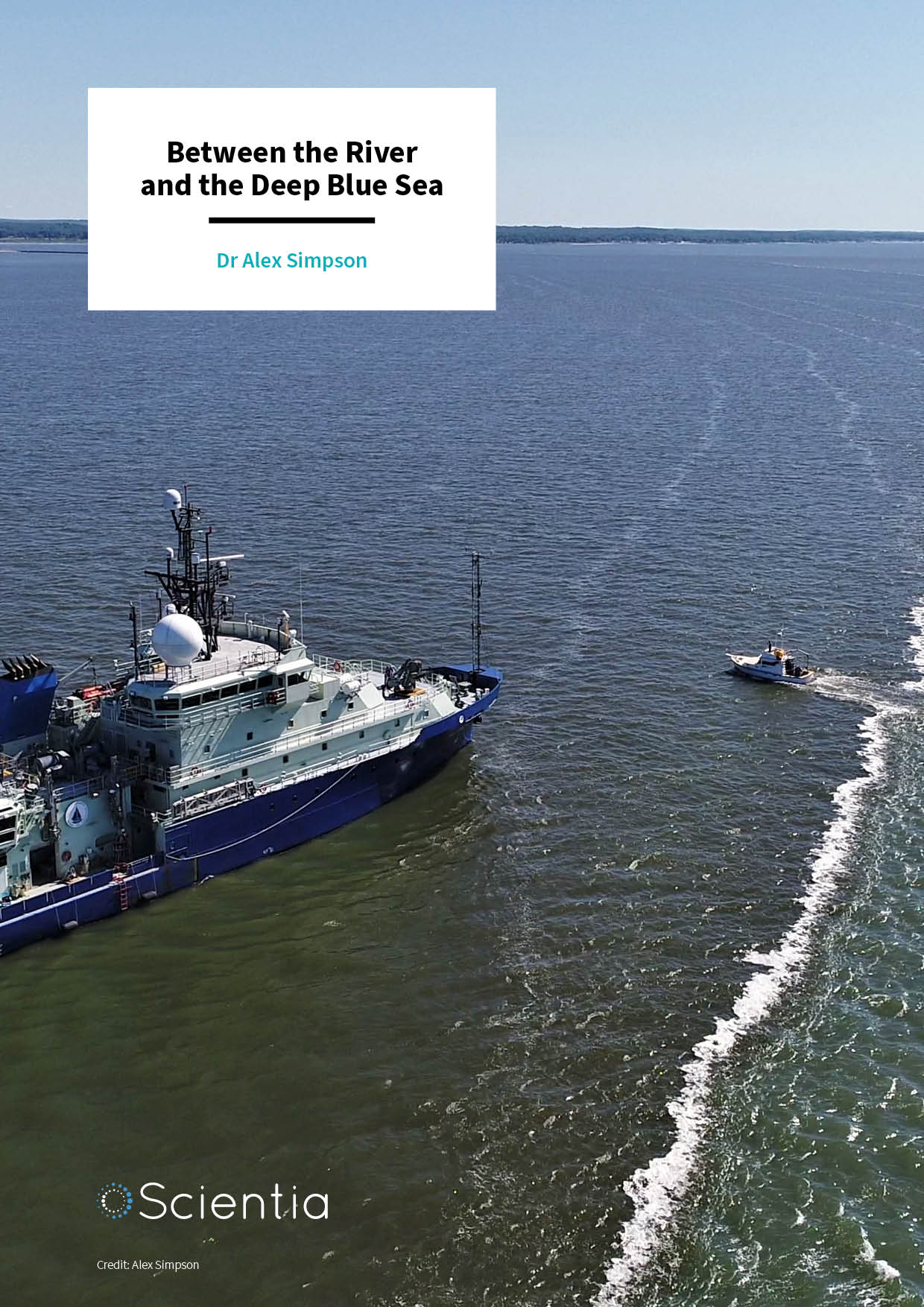
Dr Alex Simpson | Between the River and the Deep Blue Sea
Despite living on a very watery planet, there is a lot we do not understand about rivers, seas and oceans. One particular zone of interest, the place where rivers and oceans meet, remains mysterious to scientists. Dr Alex Simpson, from Scripps Institution of Oceanography, University of California San Diego, has worked with a team of scientists to look more closely into the dynamics of what happens to fresh river water when it reaches the salty ocean, and how this can affect river estuaries and nearby coastal areas.
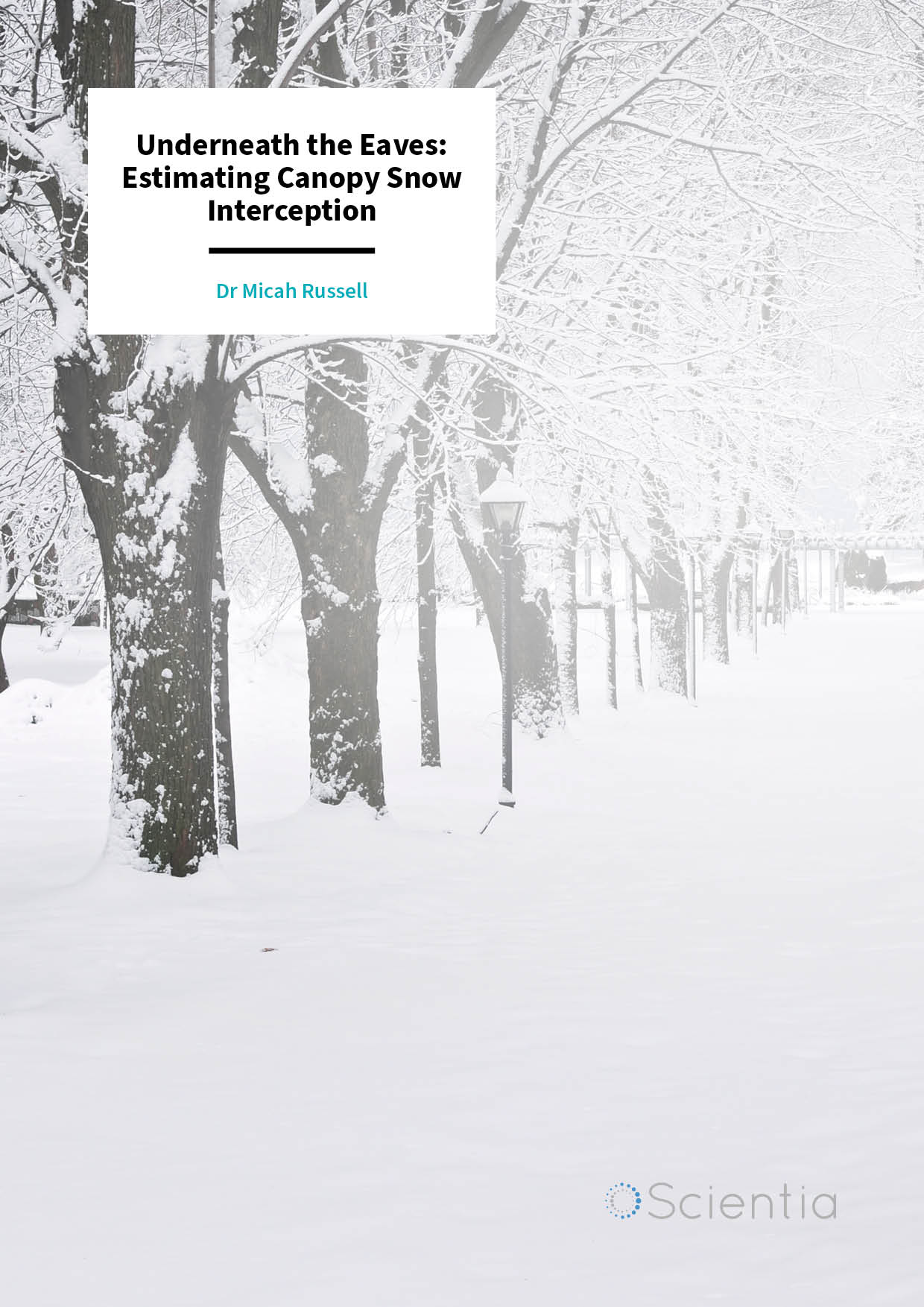
Dr Micah Russell | Underneath the Eaves: Estimating Canopy Snow Interception
In many cold regions of the world, snowfall is the primary form of water input to the environment. To a greater degree than rain, snowfall can be prevented from reaching the ground through interception by the canopies of trees, meaning that in heavily forested areas, very little snow reaches the ground immediately. Dr Micah Russell from Western Colorado University and his colleagues have developed a new method using lasers to determine the volume of snow intercepted by forest canopies to help better understand the hydrology of these regions.
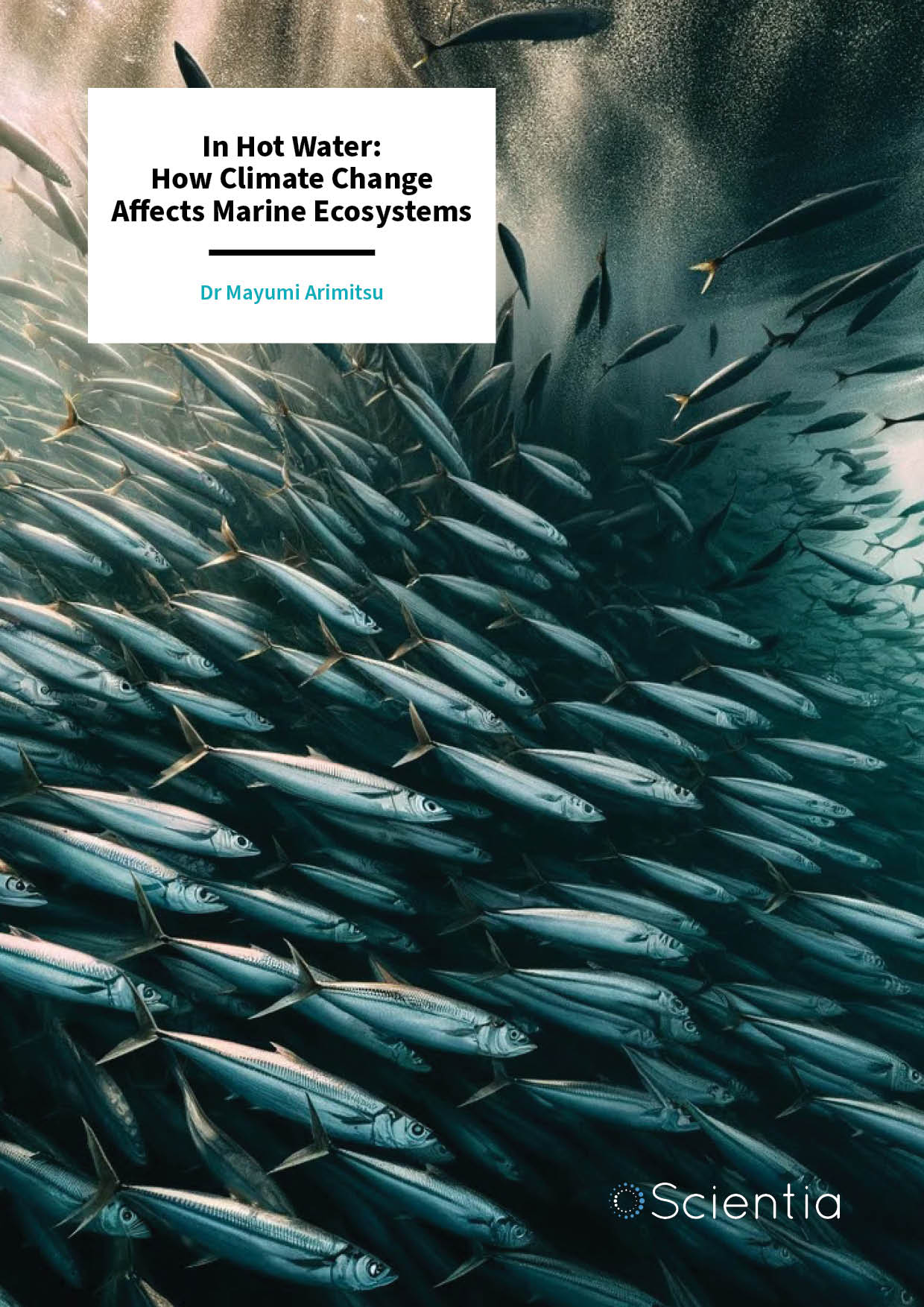
Dr Mayumi Arimitsu | In Hot Water: How Climate Change Affects Marine Ecosystems
The interconnected webs of life on Earth are complex and fragile. With climate change causing more extreme weather conditions, understanding the impact a warmer planet might have on our oceans is vital. The North Pacific and Alaska’s seas are home to a large variety of species, making these important regions for study. Dr Mayumi Arimitsu at the USGS Alaska Science Center is working to understand the complex web of factors that influence the marine food webs in these oceans, and identify the impacts that a warming planet may have.
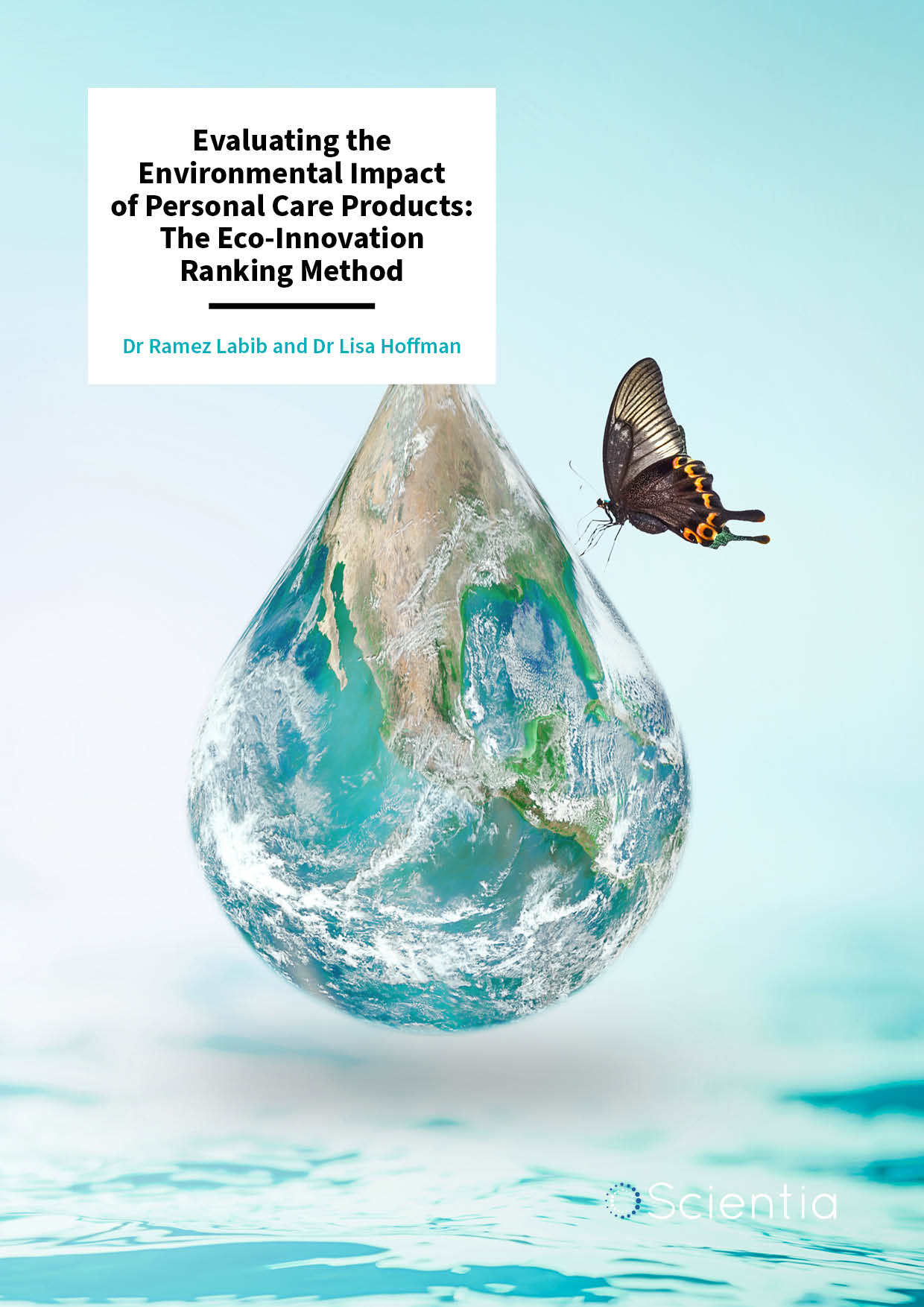
Dr Ramez Labib – Dr Lisa Hoffman | Evaluating the Environmental Impact of Personal Care Products: The Eco-Innovation Ranking Method
Like many industries, the manufacture of personal care items such as beauty products is increasingly embracing sustainable practices. Dr Ramez Labib and Dr Lisa Hoffman at Avon Products Inc. in the USA have developed an eco-innovation ranking method to support the early stages of product design. Their semi-automated tool is unique in combining a wide range of measures from ecological risk assessment and life cycle assessment to comprehensively assess the environmental impact of products that end up as wastewater.
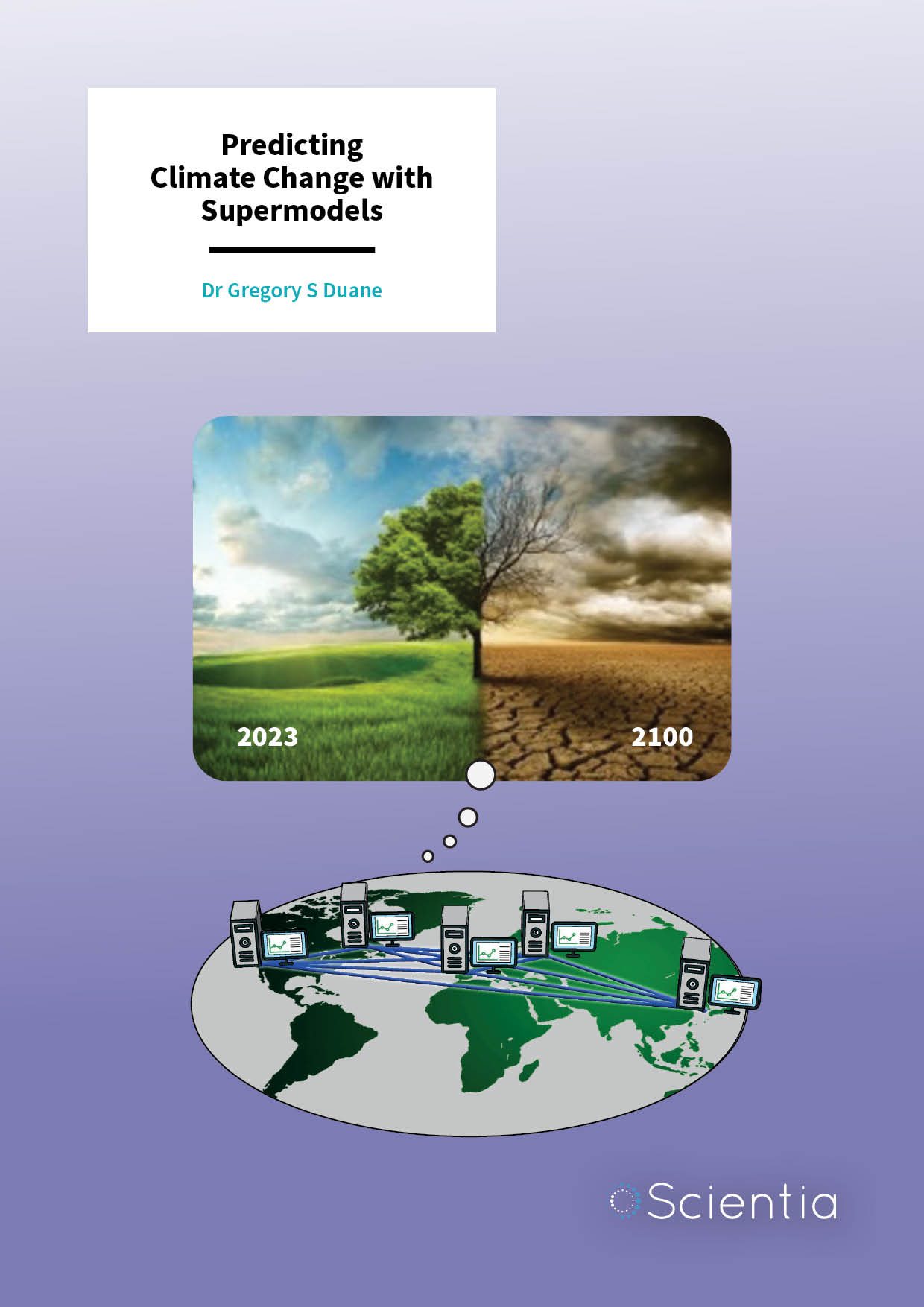
Dr Gregory Duane | Predicting Climate Change with Supermodels
Our universe is comprised of fascinatingly complex systems. Systems such as the Earth’s climate can, at first glance, seem far too complex and chaotic to predict accurately. Dr Gregory Duane and his team at the University of Colorado have been developing complex computational models that can learn from past data, providing us with intriguing insights and more accurate predictions about the future.
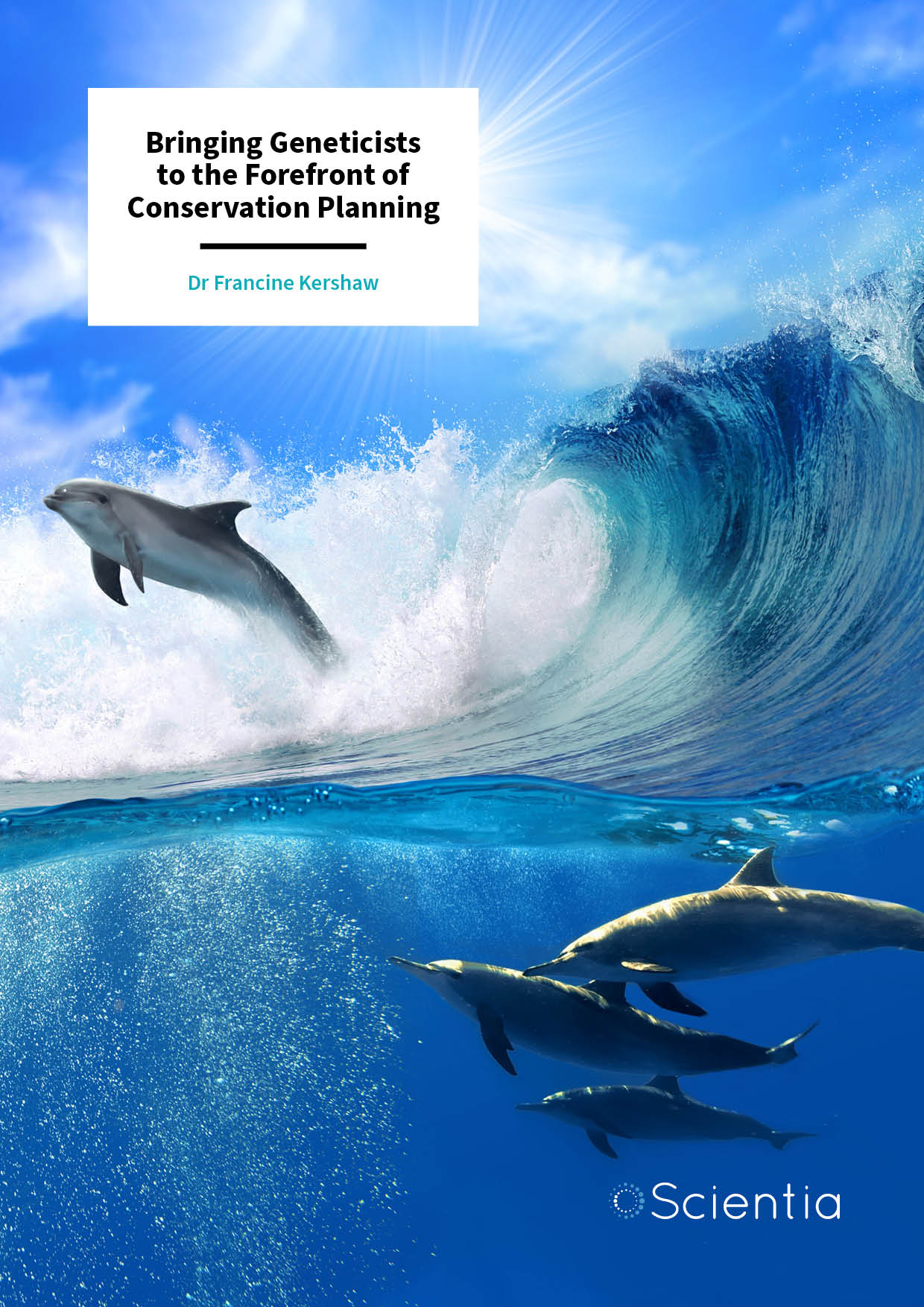
Dr Francine Kershaw | Bringing Geneticists to the Forefront of Conservation Planning
Our planet is in peril. Threats such as climate change, habitat destruction, and pollution are contributing to the loss of species at alarming rates. Protecting biodiversity and enhancing ecosystem resilience relies on protecting evolutionary processes at the scale of individuals, species, populations, and ecosystems. Genetic data is a vital component for achieving this, and yet, a significant gap between conservation geneticists and other scientists, conservation practitioners, and policy-makers hinders knowledge-sharing. Dr Francine Kershaw from the Natural Resources Defense Council, USA, has been helping to spearhead a highly collaborative effort to bridge the gap and enhance conservation efforts.
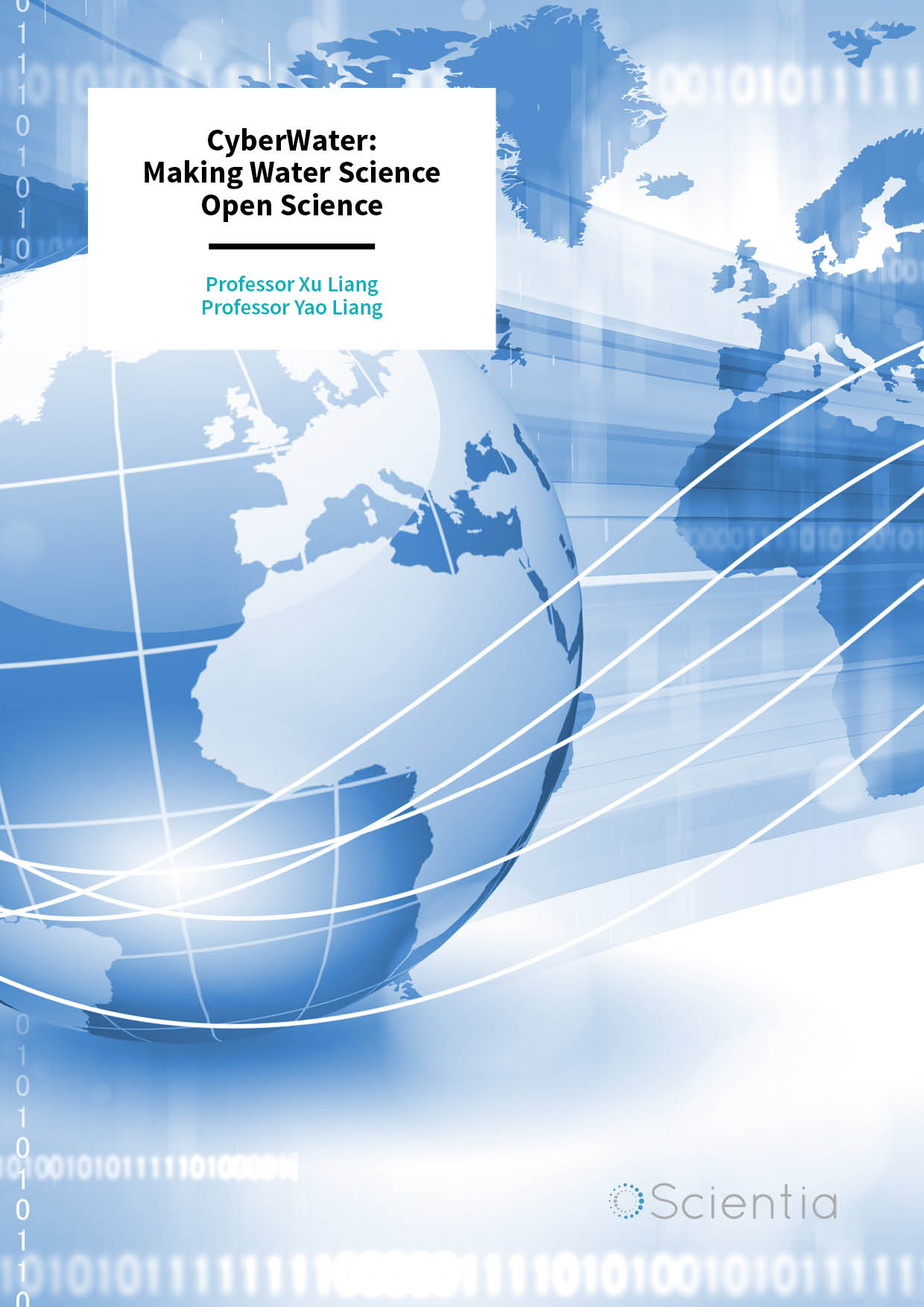
Dr Xu Liang – Dr Yao Liang | CyberWater: Making Water Science Open Science
Water is possibly the most important resource on our planet, and being able to model and understand the systems that transport it through and around our planet is essential. As water science straddles many diverse scientific disciplines, gathering and representing heterogeneous data in a standardised way for analysis and modelling can be challenging. A joint project among eight institutions, led by Dr Xu Liang (University of Pittsburgh) and Dr Yao Liang (Indiana University–Purdue University Indianapolis), is creating a generalised, open-source platform to allow complex and diverse data to automatically and directly flow into diverse water models.
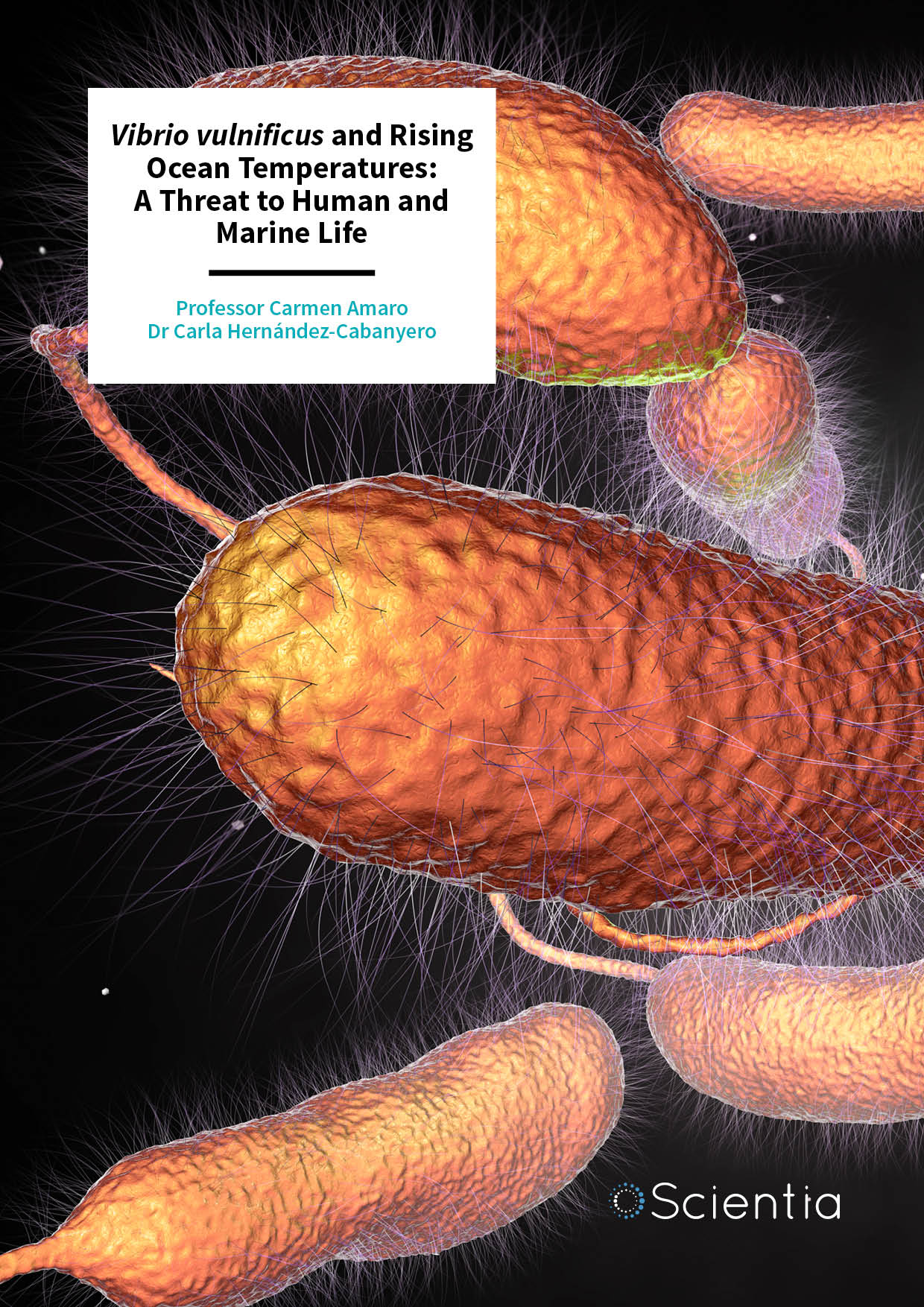
Professor Carmen Amaro – Dr Carla Hernández-Cabanyero | Vibrio vulnificus and Rising Ocean Temperatures: A Threat to Human and Marine Life
Vibrio vulnificus is a bacteria found in warm aquatic ecosystems around the world, capable of infecting and killing both humans and fish. As global ocean temperatures rise, the habitat of this organism is extending, and so are the numbers of infections it causes. Dr Amaro and Dr Hernández-Cabanyero from the University of Valencia are working to understand the biology and lifecycle of this organism so that we can control its growth and virulence to protect fish stocks and human lives.
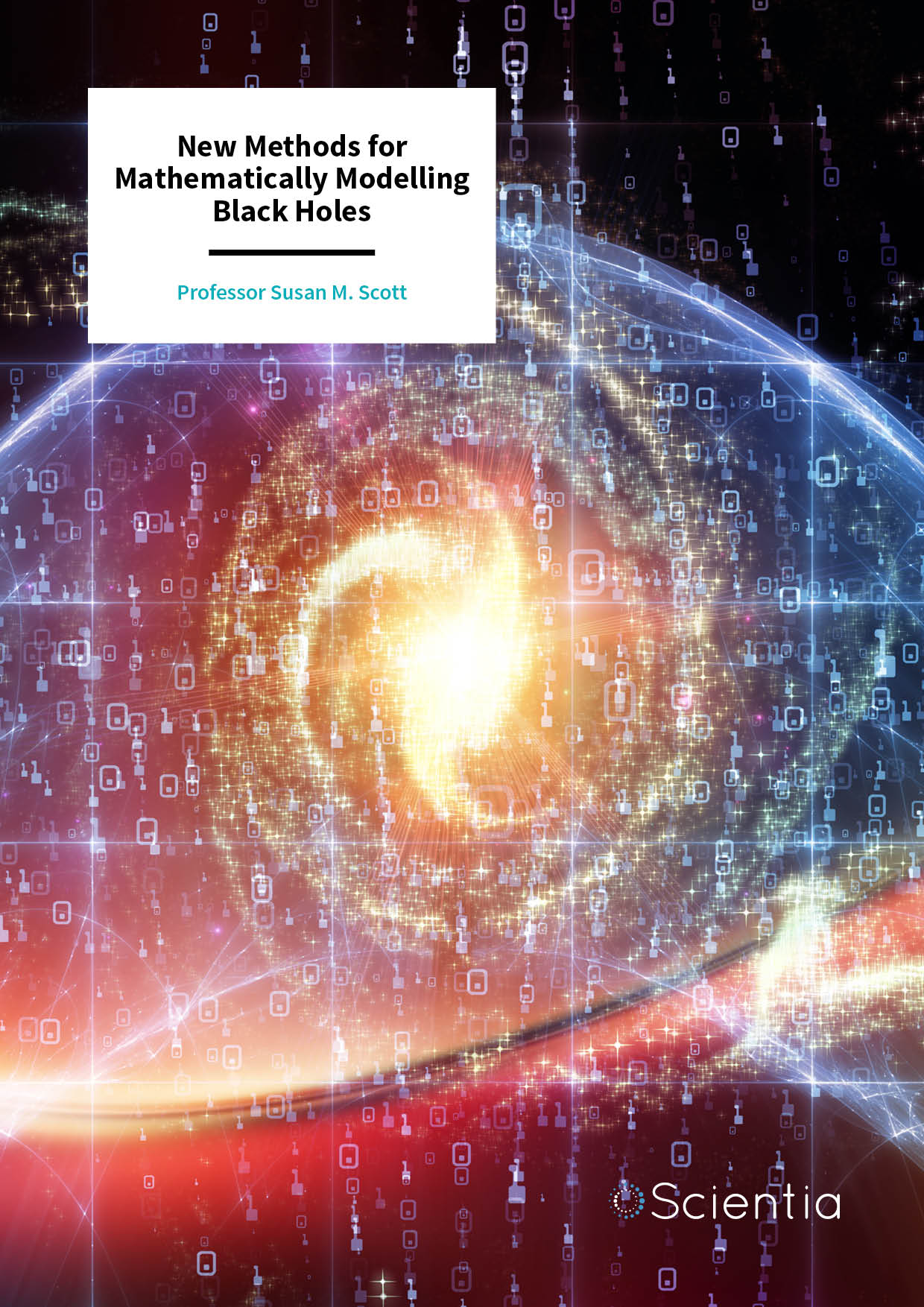
Professor Susan M. Scott | New Methods for Mathematically Modelling Black Holes
The swirling vortexes of incredible gravitational strength we call black holes are amongst astrophysics’ most recognisable and captivating phenomena. Whilst regularly featuring in films, novels and popular science texts, black holes continue to pose mathematical challenges for the physicists working in this field. Distinguished Professor Susan Scott from The Australian National University has been undertaking research to solve some of these mathematical conundrums.
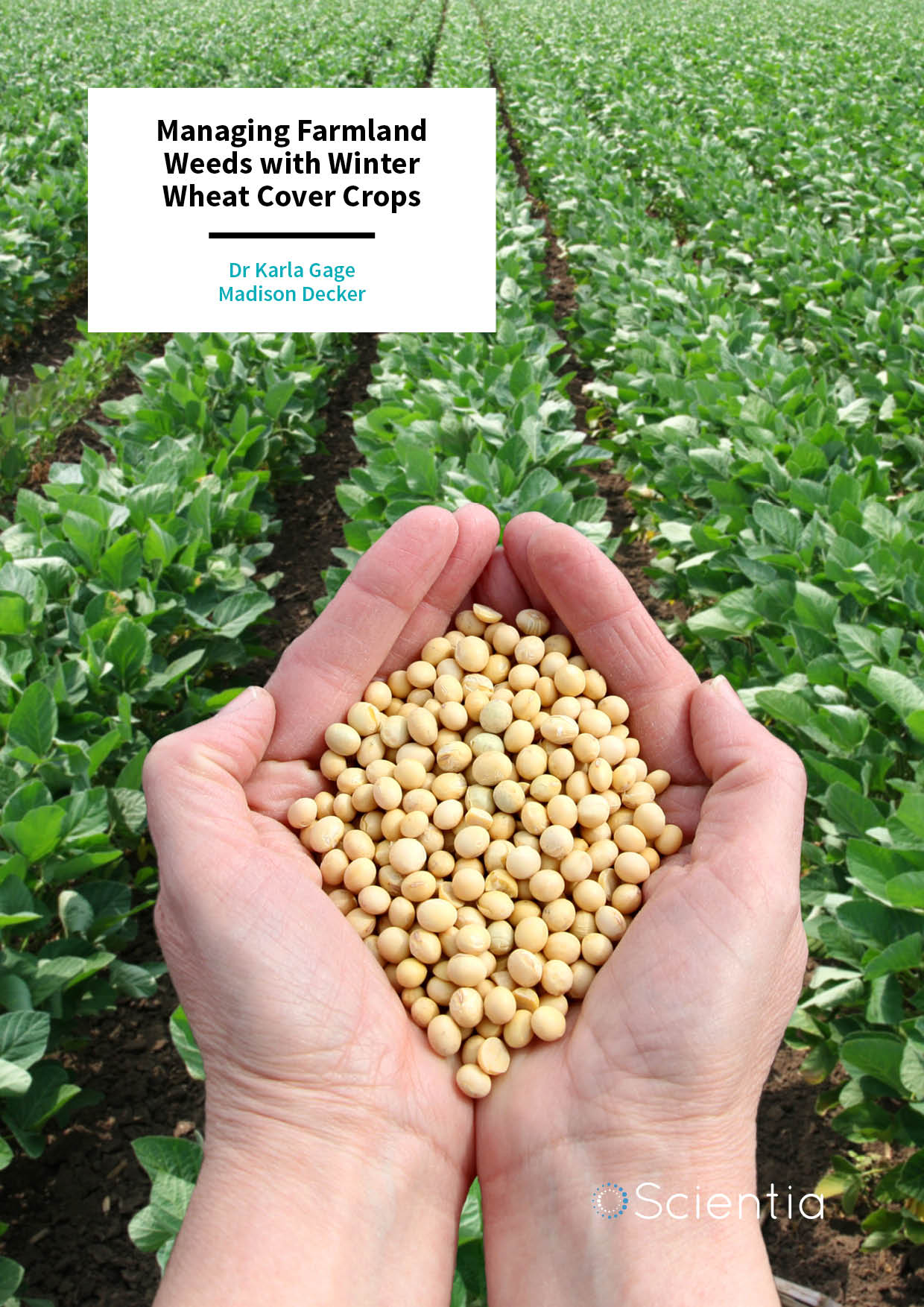
Dr Karla Gage – Ms Madison Wozniak | Managing Farmland Weeds with Winter Wheat Cover Crops
Weed management on farms is important for increasing not just the overall yield but also the nutrient value of crops. Dr Karla Gage and Ms Madison Wozniak, both from Southern Illinois University, propose a new weed management strategy in which winter wheat is sown alongside soybeans in spring. Importantly, the project is conducted in collaboration with local farmers, confirming the importance of farmer-scientist relationships in progressing agronomic science.
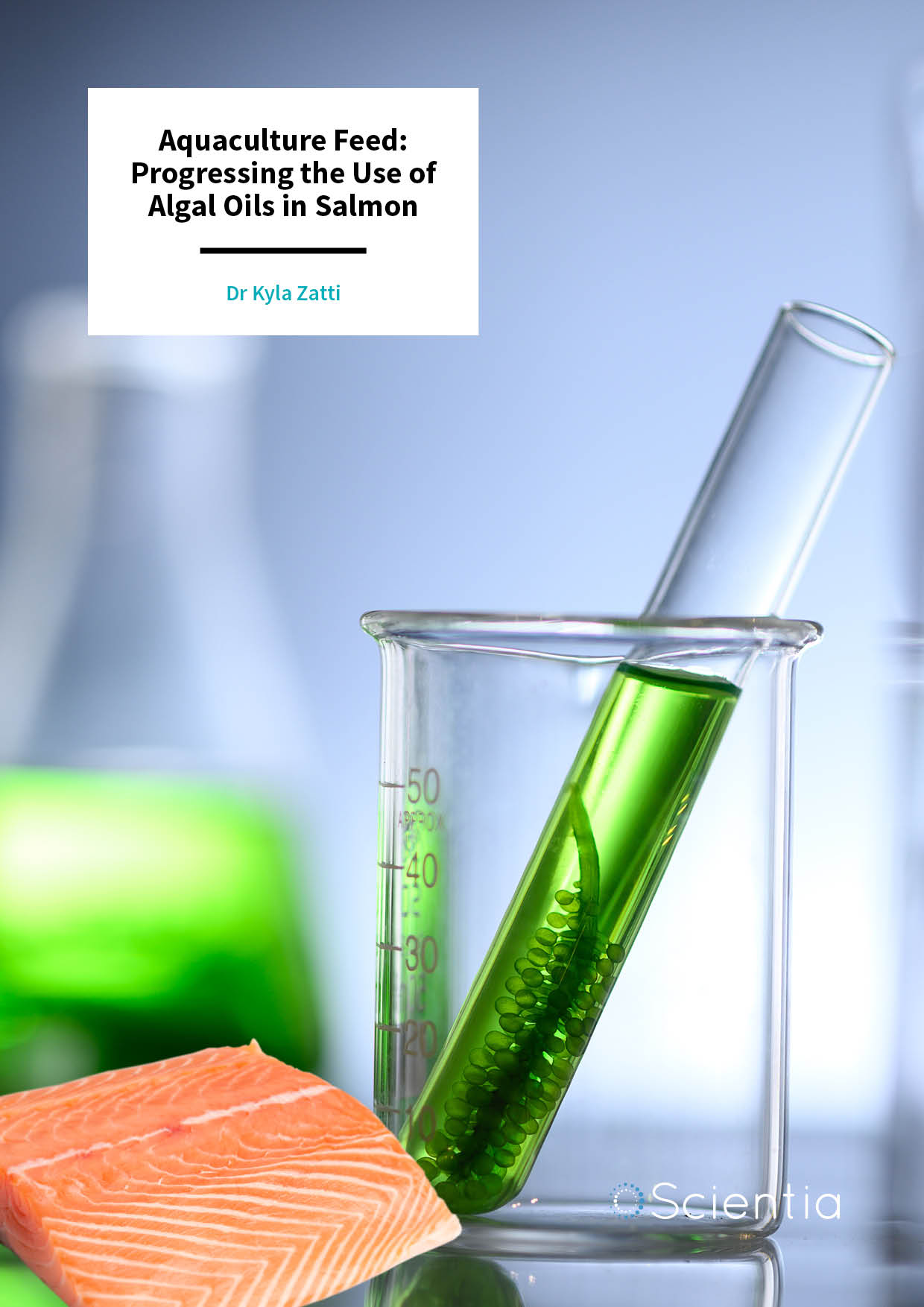
Dr Kyla Zatti | Aquaculture Feed: Progressing the Use of Algal Oils in Salmon
Salmon and other seafood represent a large and important food source. Traditionally, salmon diets consisted mainly of fish, although over the last decade, they have become more vegetable based. However, salmon require essential lipids, which are hard to find except in fish oil. Dr Kyla Zatti and a group of scientists at BioMar have been working to effectively bypass fish oil in their aquafeed by going to the original source of the lipids while maintaining the welfare, growth, and quality of the fish produced.
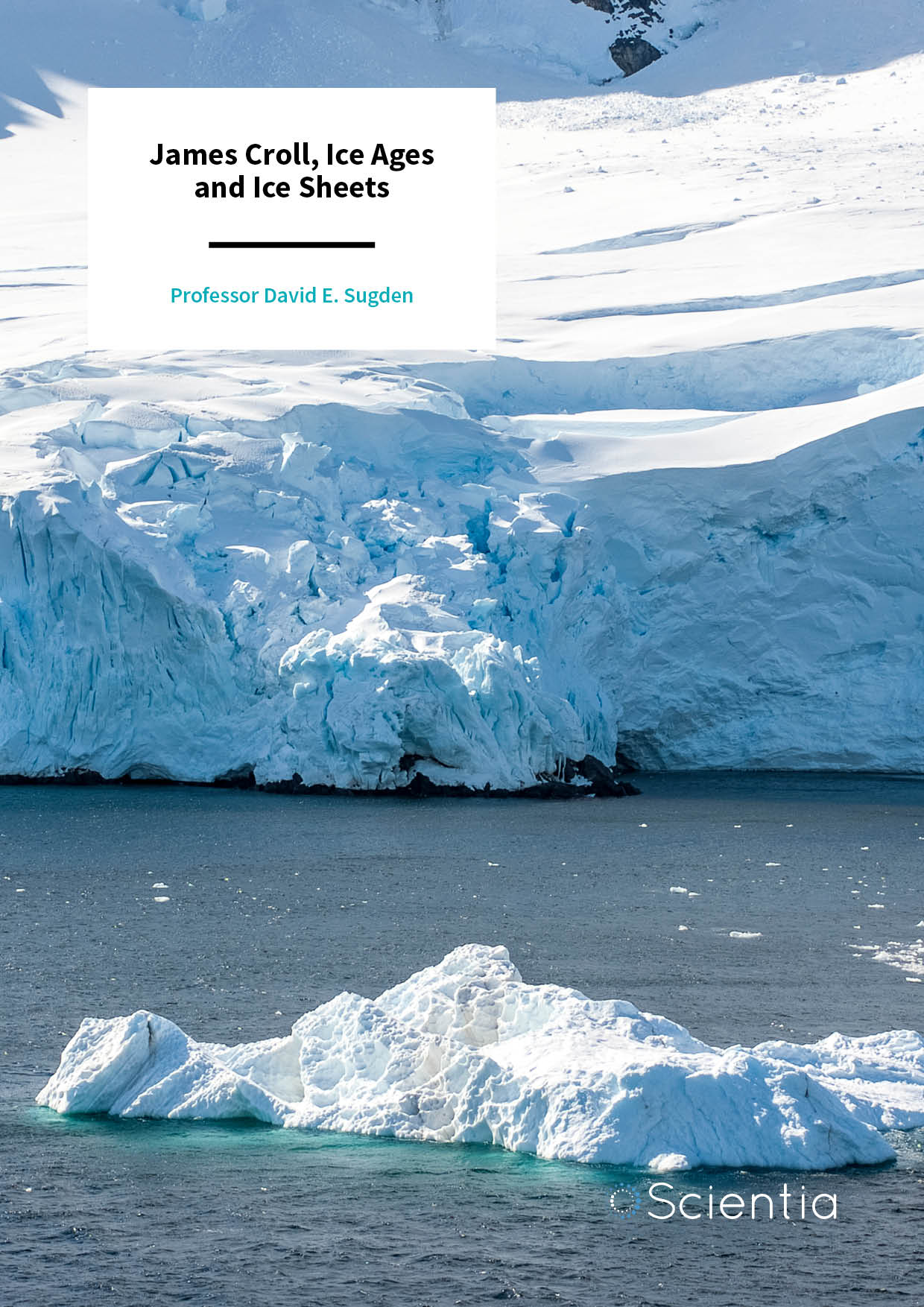
Professor David E. Sugden | James Croll, Ice Ages and Ice Sheets
The phrase ‘standing on the shoulders of giants’ is often attributed to Sir Isaac Newton, meaning that scientific progress is only possible due to the contributions of the scientists who came before. However, many of these giants’ contributions are often forgotten or ignored in favour of their more famous peers. In the field of glaciology, Professor David E. Sugden from the University of Edinburgh is aiming to draw attention to one of the overlooked giants of his field – James Croll, whose work on Ice Age Theory is still relevant today.
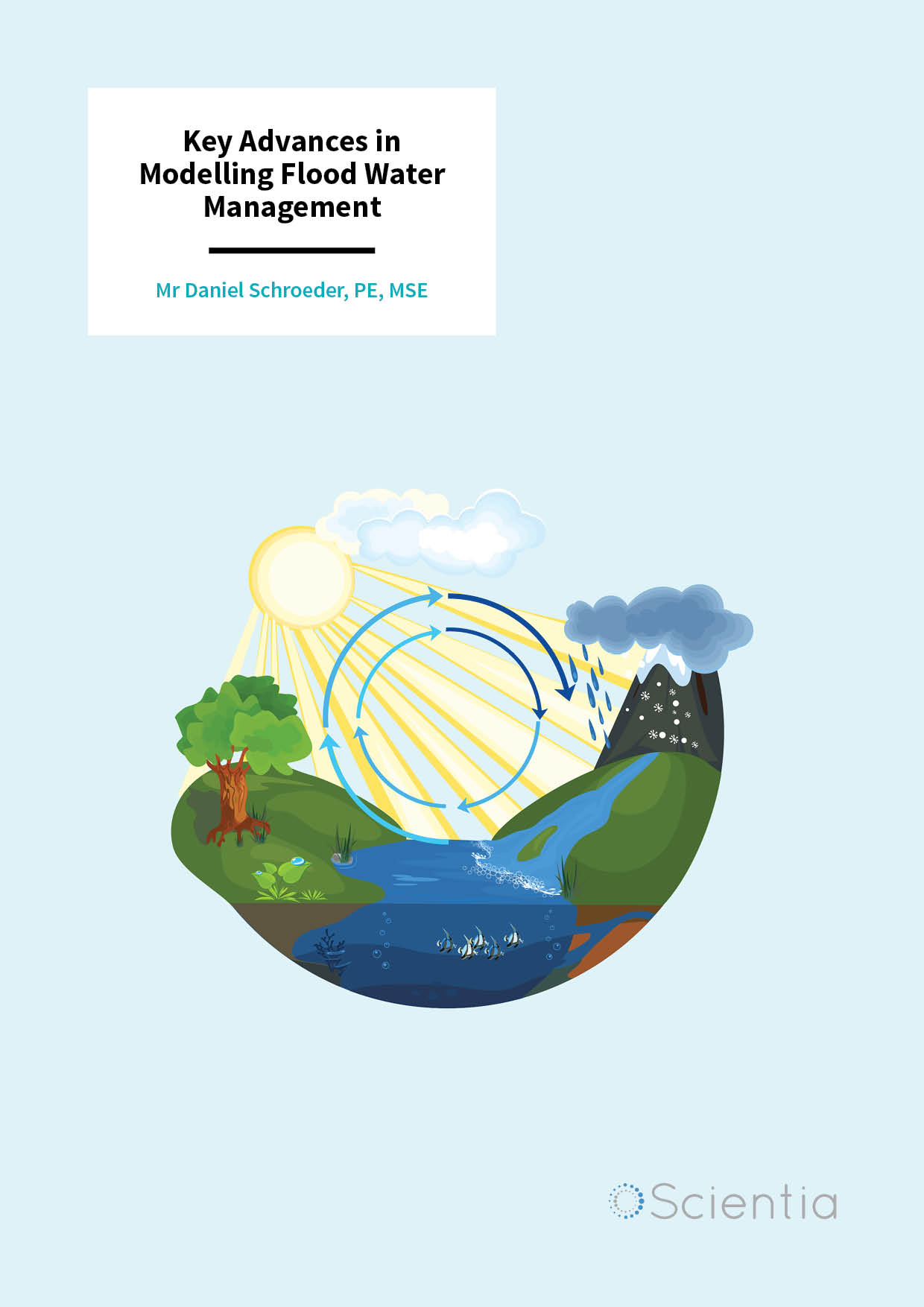
Mr Daniel Schroeder | Key Advances in Modelling Flood Water Management
Urbanisation and a reduction in natural environments, together with inadequate infrastructure and increased storm events mean that we are vulnerable to the effects of flooding. Mr Daniel Schroeder at the Emergent Technologies Institute in the USA is working with his team to model the effects of storm events and evaluate the effectiveness of stormwater management options in urban areas.
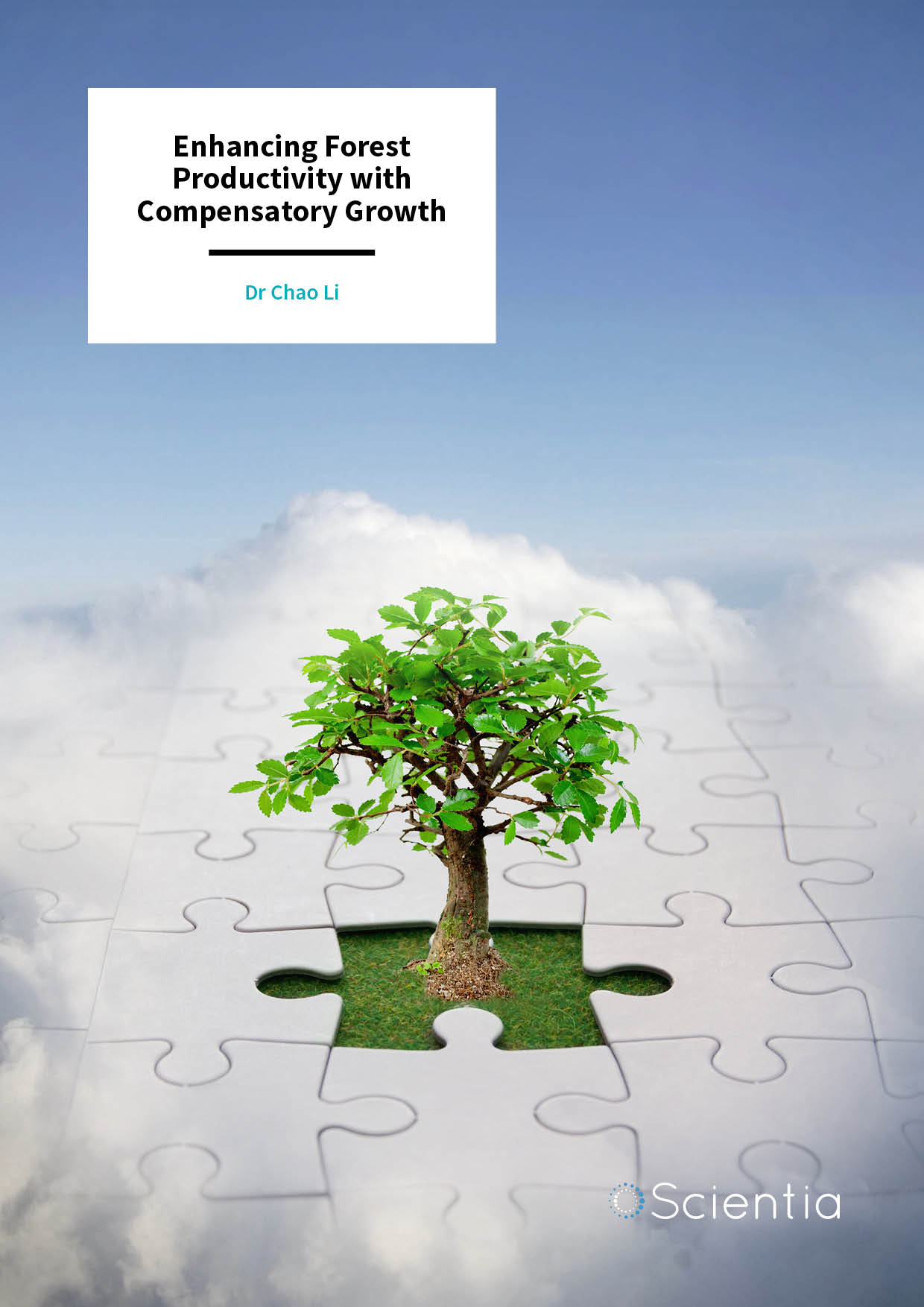
Dr Chao Li | Enhancing Forest Productivity with Compensatory Growth
Forests are vital to life on Earth. Dr Chao Li at the Canadian Forest Service is an accomplished ecologist who has dedicated his career to forest ecology, working to reconcile human demand for wood products with the vital ecological services of forests. His recent research has explored the utility of promoting the growth of forests through careful removal of some trees – a phenomenon known as compensatory growth.
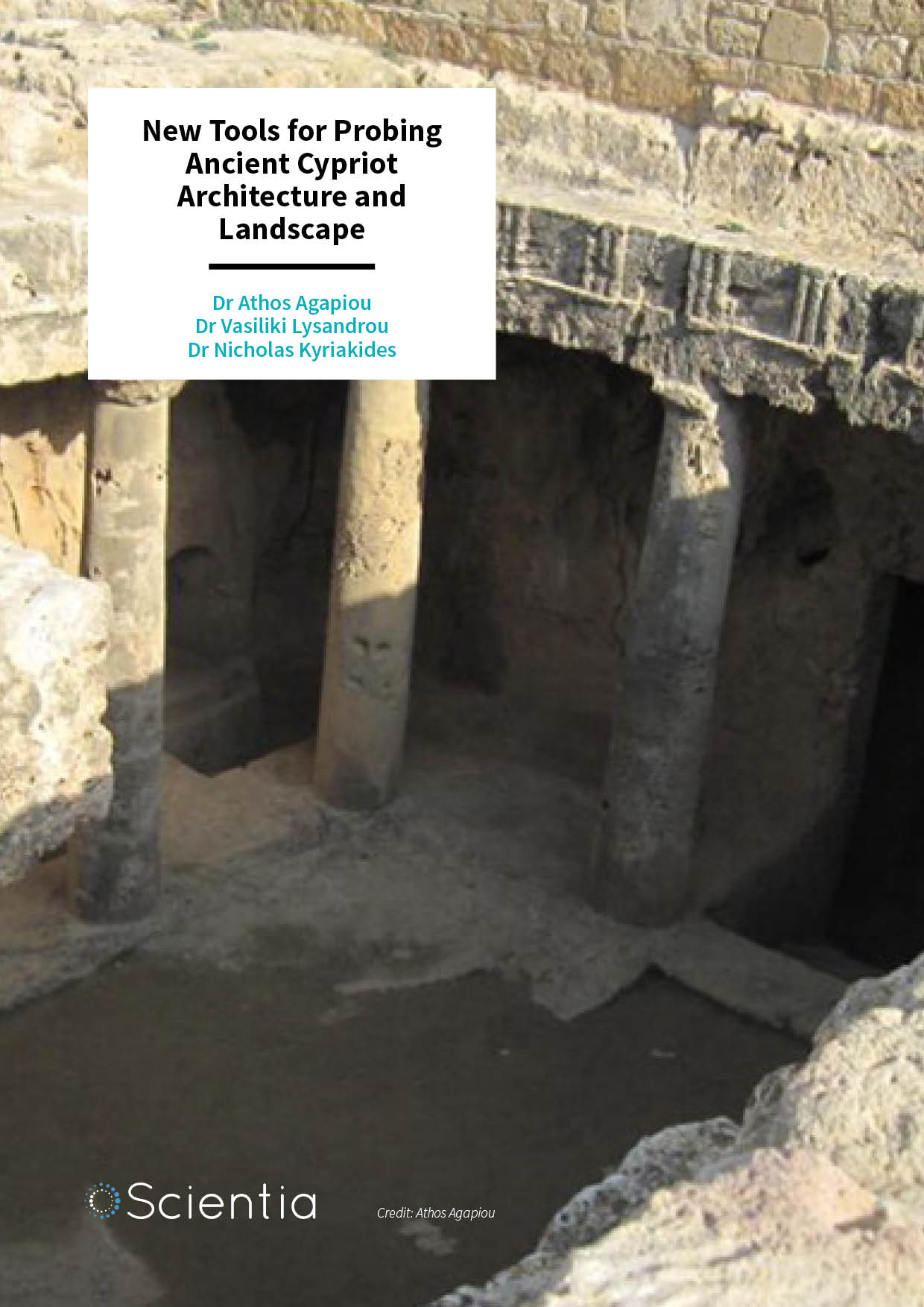
Dr Athos Agapiou | Dr Vasiliki Lysandrou | Dr Nicholas Kyriakides – New Tools for Probing Ancient Cypriot Architecture and Landscape
Archaeology provides a lens through which we can learn about cultures of the past. It can involve approaches from the fields of engineering and humanities. New advances in image processing allow fascinating new insights to be gleaned from archived aerial images, and studies of both new and ancient seismic events are giving us a new understanding of the ancient world and how to preserve what remains. Dr Athos Agapiou, Dr Vasiliki Lysandrou, and Dr Nicholas Kyriakides, all from the Cyprus University of Technology, are embracing this blend of scientific fields in Cyprus in their fascinating investigations of ancient tombs.
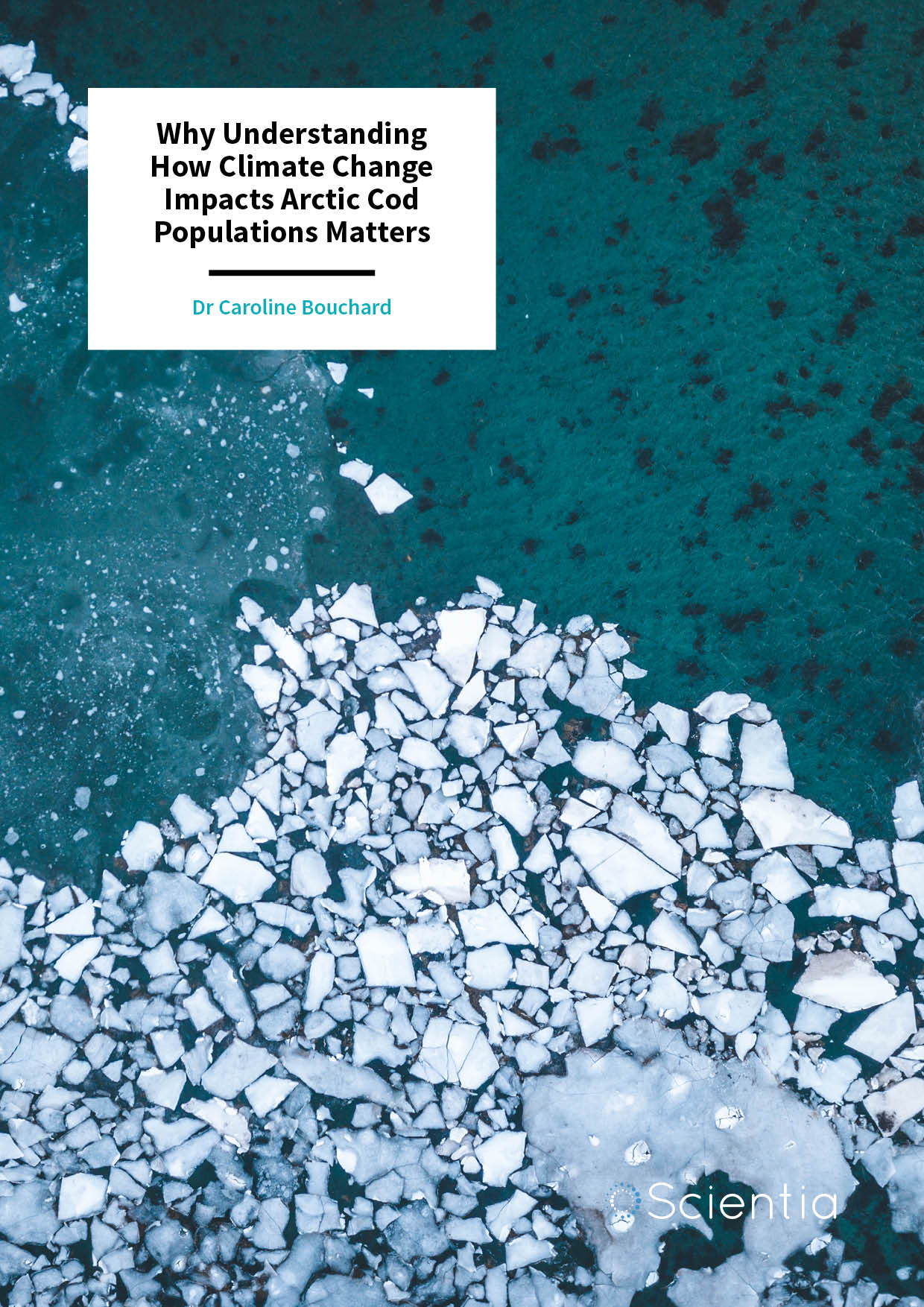
Dr Caroline Bouchard | Why Understanding How Climate Change Impacts Arctic Cod Populations Matters
Our polar seas are particularly vulnerable to climate change, and melting ice and increasing temperatures could have a devastating impact on the endemic biodiversity of the region. One of the most abundant species in the Arctic Ocean is the Arctic cod (Boreogadus saida, also called polar cod), making it an ideal candidate to study the effects of climate change on prey fish populations, and the impact this will have on wider marine ecosystems. This is the focus of important research from Dr Caroline Bouchard at the Greenland Climate Research Centre and her collaborators.
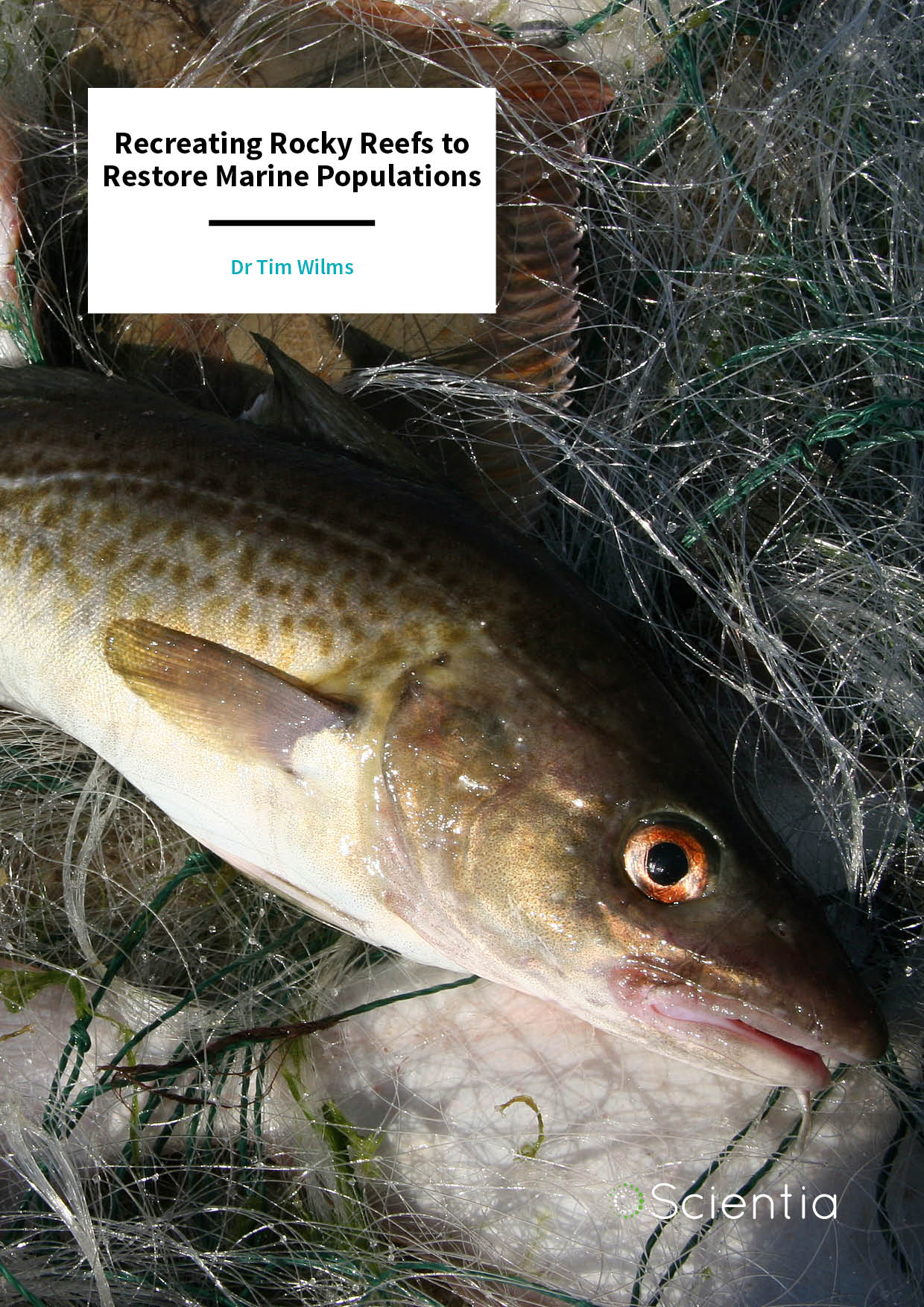
Dr Tim Wilms | Recreating Rocky Reefs to Restore Marine Populations
Much research has focused on Single Large or Several Small (‘SLOSS’) habitats for the preservation and restoration of biodiversity. Many studies have been carried out in terrestrial environments but far fewer have looked at marine systems. However, it is unwise to make conclusions about the marine environment based on studies carried out on land. Together with colleagues, Dr Tim Wilms from the Technical University of Denmark is recreating lost rocky reef habitats and surveying these sites to see how they impact the return of vital marine species to the area.
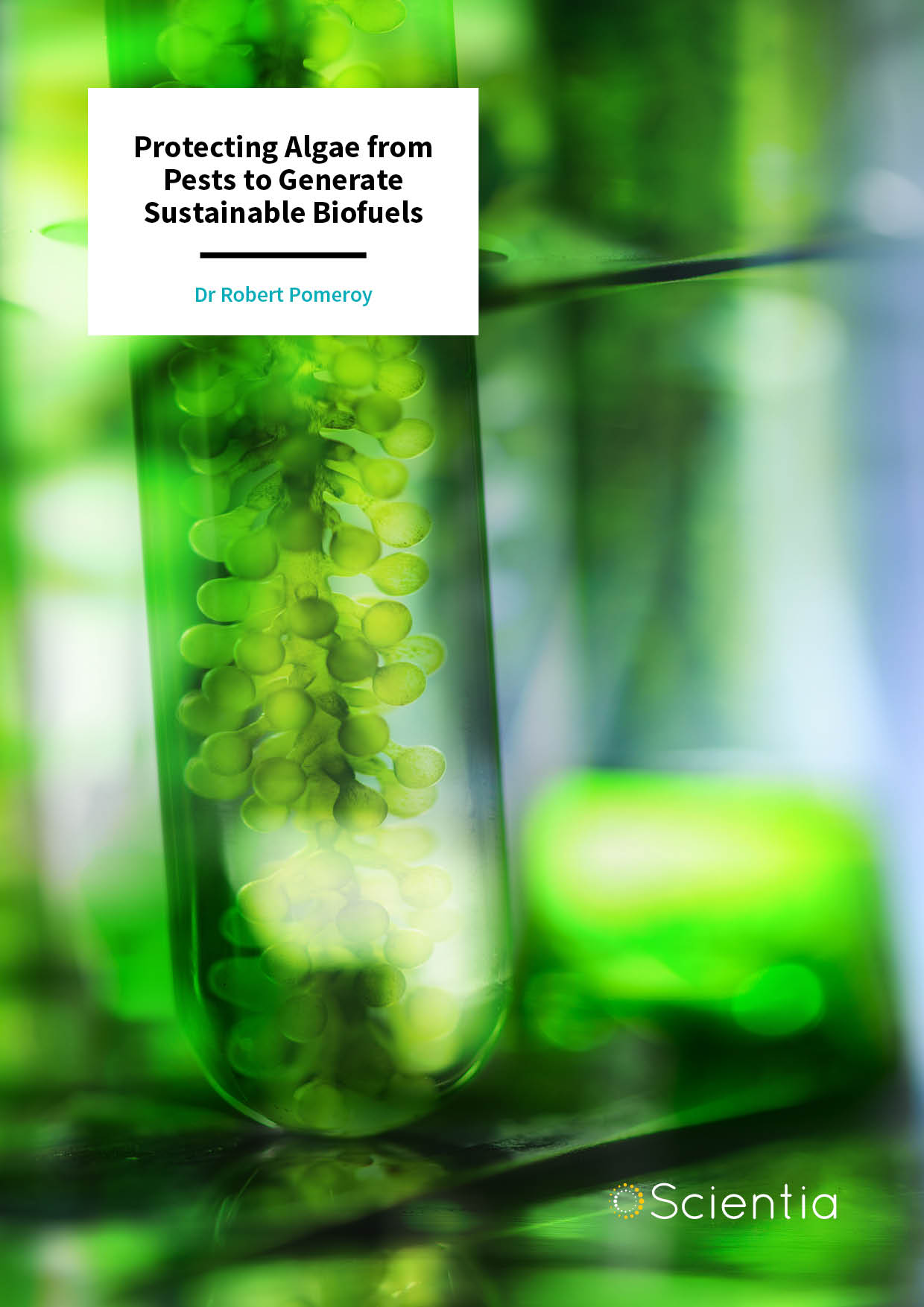
Dr Robert Pomeroy | Protecting Algae from Pests to Generate Sustainable Biofuels
Algal biofuels offer a renewable and carbon-neutral alternative to fossil fuels. These photosynthetic microorganisms can be grown inexpensively in large ponds, but being exposed to the elements risks biological contamination from other microorganisms. Dr Robert Pomeroy and colleagues at the University of California, San Diego, used chemical ionisation mass spectrometry to continuously measure the quantities and compositions of volatile gases produced by algal pond samples, allowing for the detection of infectious species and assessment of the impact such pests have on algal communities.
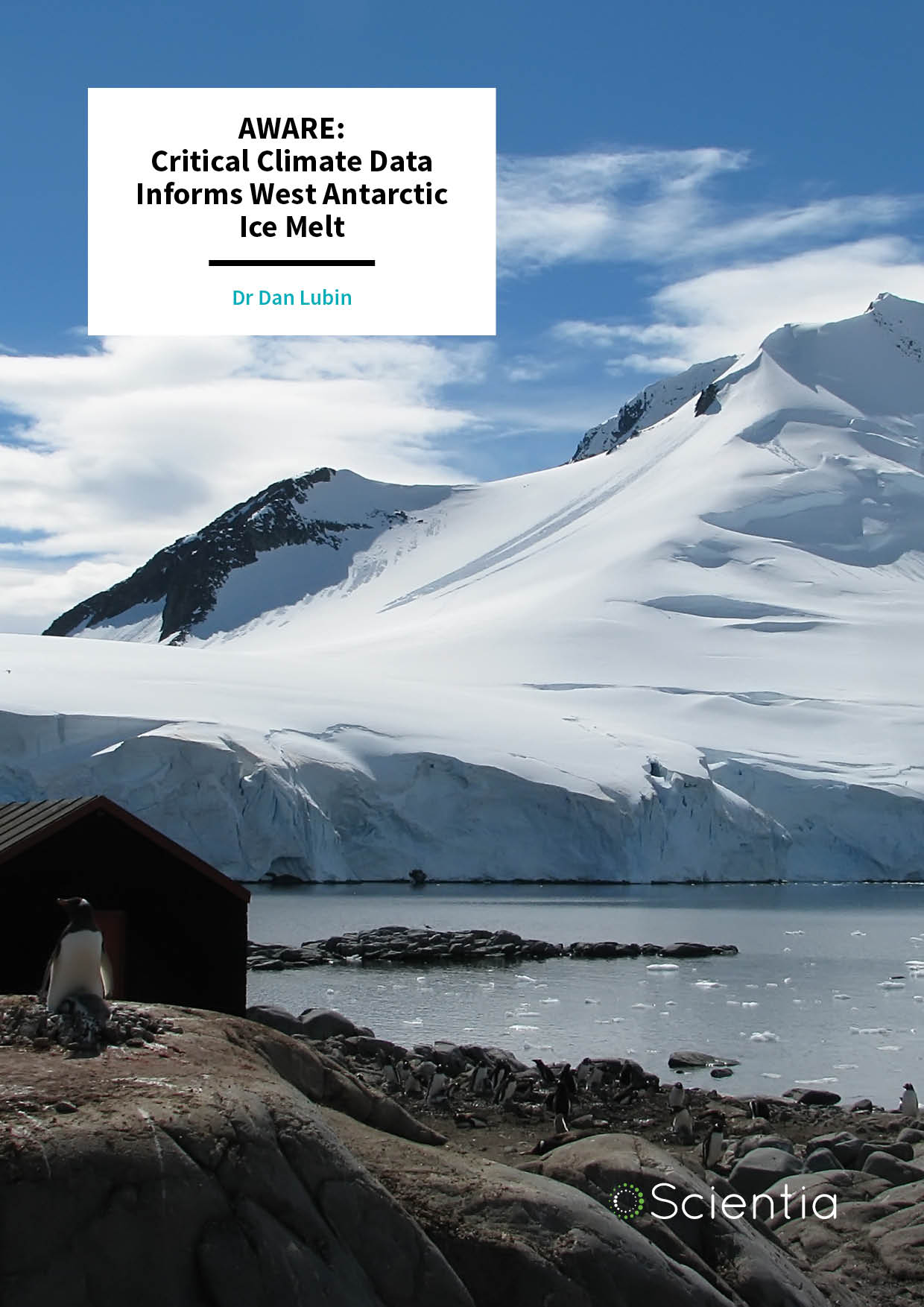
Dr Dan Lubin | AWARE: Critical Climate Data Informs West Antarctic Ice Melt
The West Antarctic Ice Sheet (WAIS) is one of Earth’s most rapidly warming regions, holding huge implications for global ocean rise and large-scale weather events. Yet, despite its influence on large-scale climate patterns, the WAIS remains one of Antarctica’s most poorly studied areas. Dr Dan Lubin, of the Scripps Institution of Oceanography at the University of California, San Diego, brought renewed interest to this neglected but critical region with the AWARE programme, one of Antarctica’s most extensive scientific campaigns yet. The programme seeks to improve our understanding of the physical processes influencing the West Antarctic to improve global model simulations.
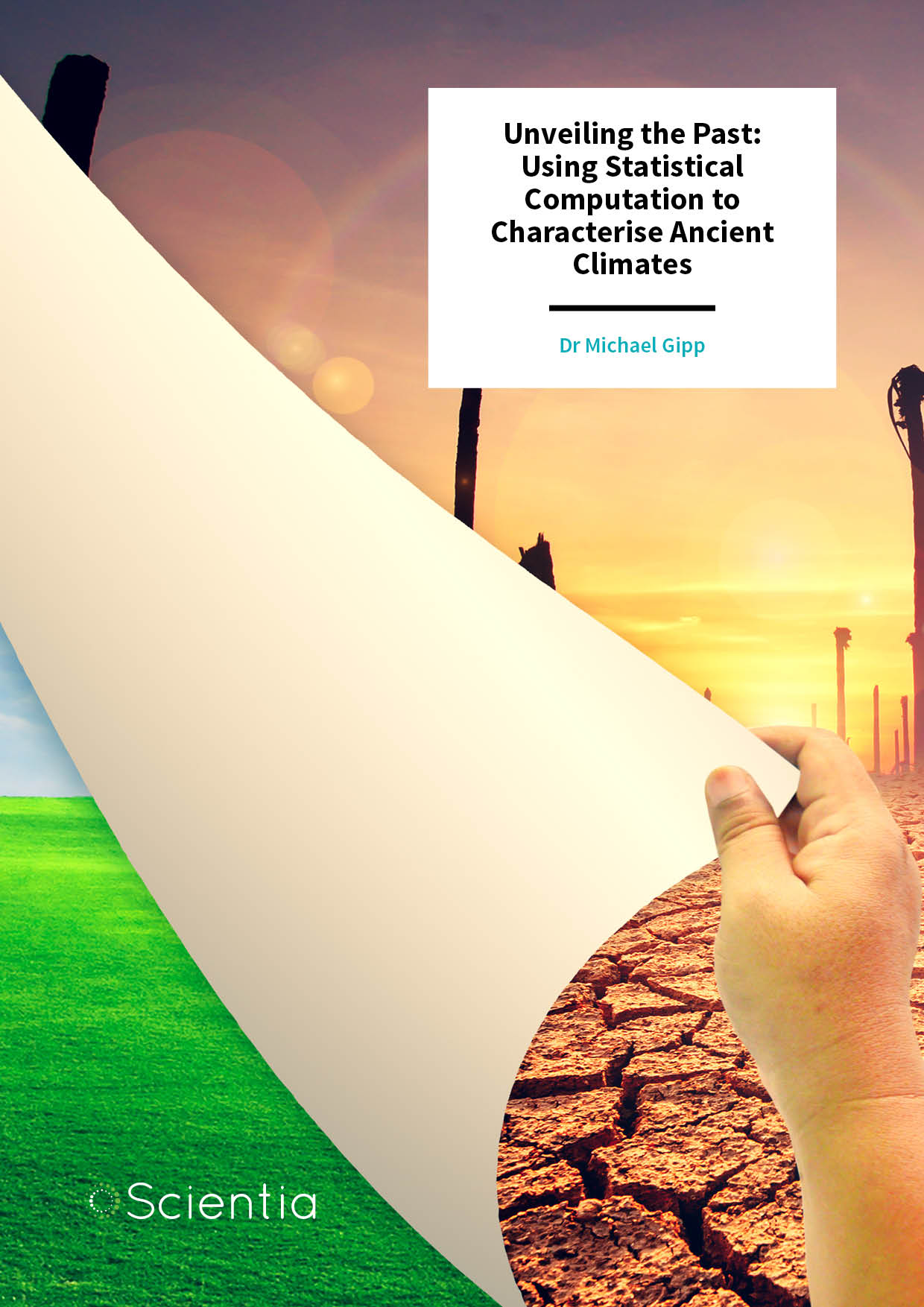
Dr Michael Gipp | Unveiling the Past: Using Statistical Computation to Characterise Ancient Climates
Throughout the earth’s history, the prevailing climate has changed over and over. To gain insights into the history of our planet, scientists use clues uncovered from the earth’s surface. However, not all periods in the earth’s history are equally represented in the geological record. Dr Michael Gipp is using the surprising similarities between computer algorithms and complex natural systems to describe our ancient climates.
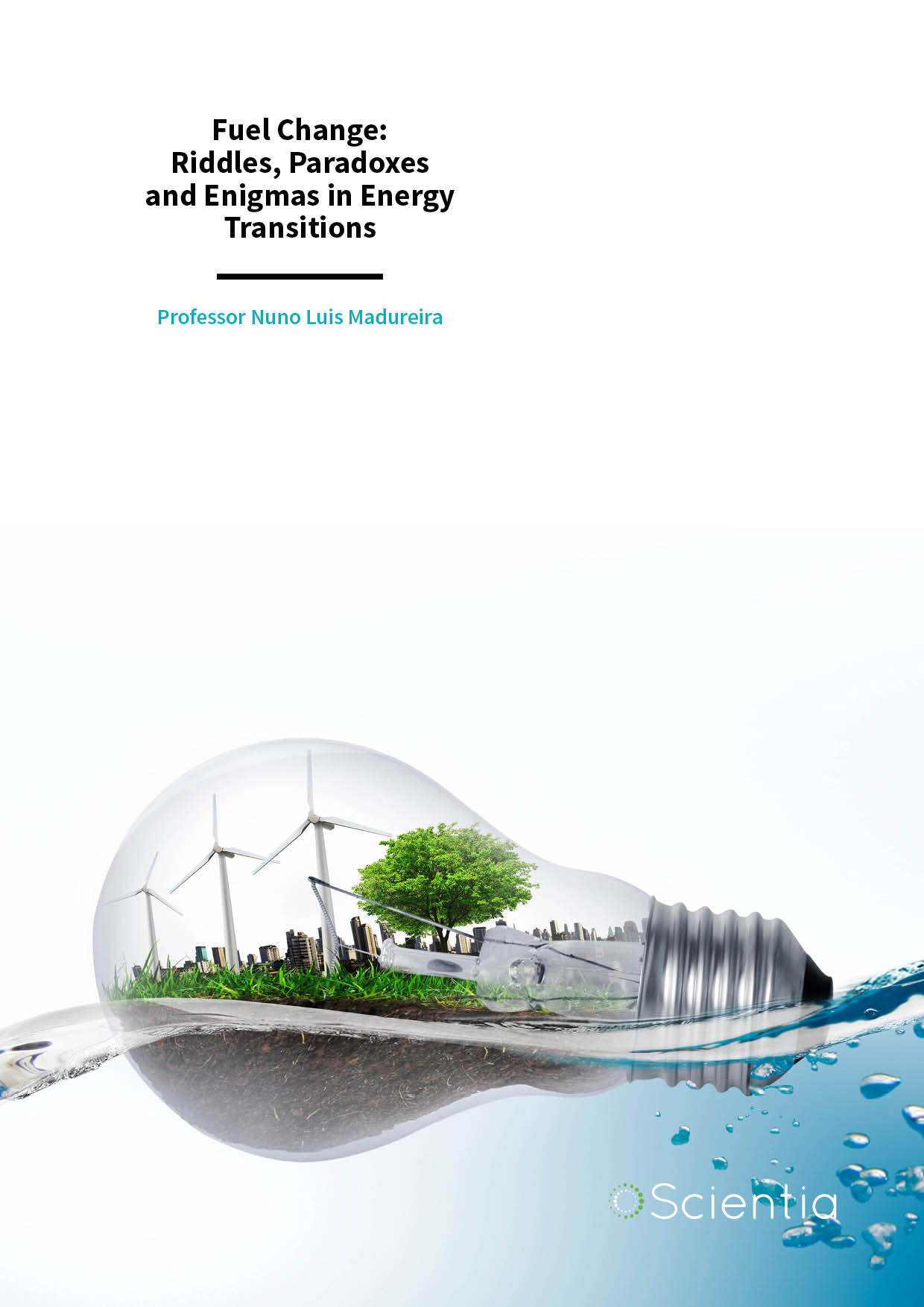
Professor Nuno Luis Madureira | Fuel Change: Riddles, Paradoxes and Enigmas in Energy Transitions
Throughout history, we have relied on many different energy sources. Initially, wood was used for heating and cooking; as industry grew, we moved to fossil fuels; and the scientific advances of the 20th century allowed us to harness sources such as nuclear, solar and tidal energy. The transition from one fuel type to another has led to the identification of some intriguing paradoxes. Professor Nuno Luis Madureira from the University Institute of Lisbon studies these transitions and is shedding light on this fascinating subject.
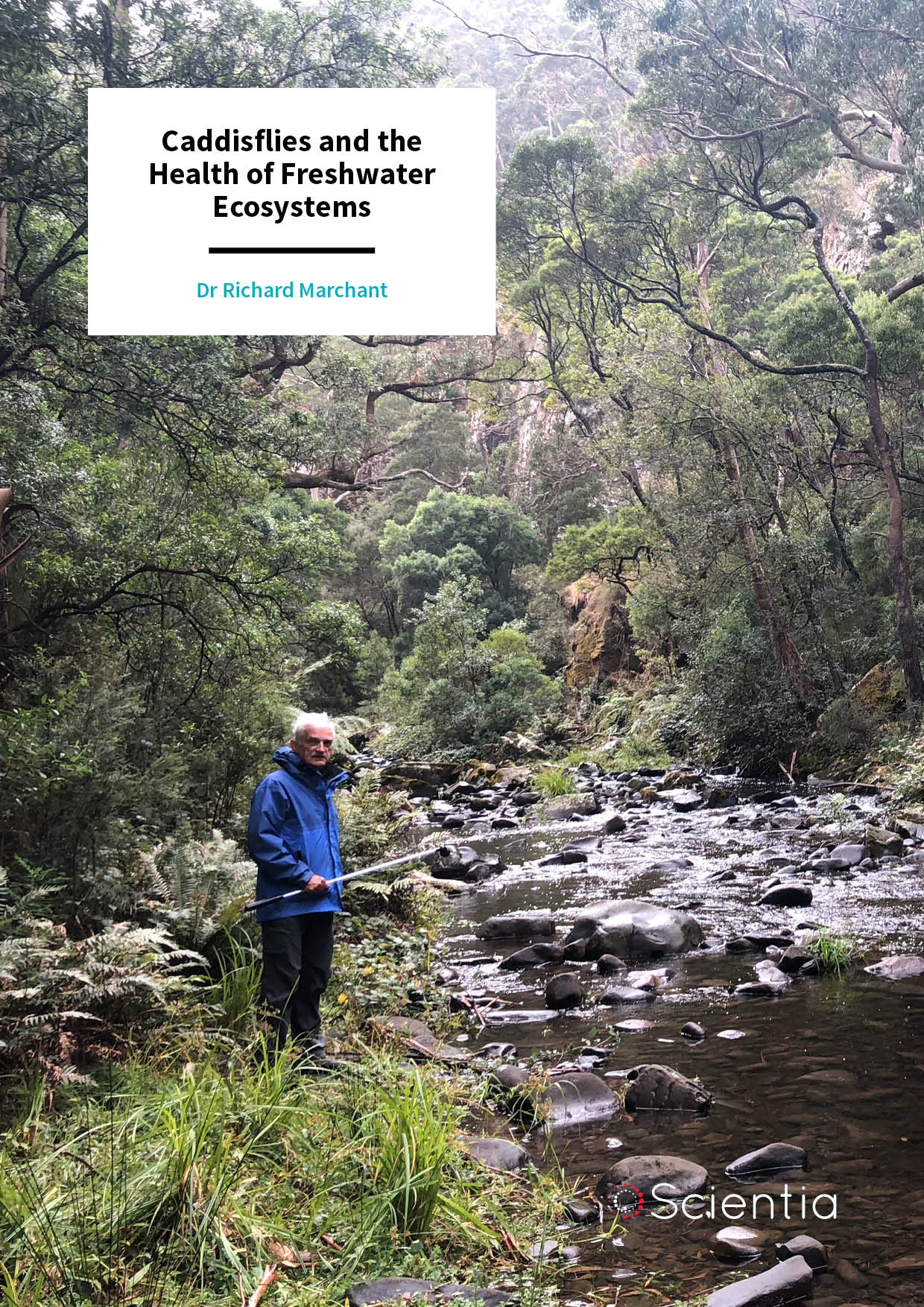
Dr Richard Marchant | Caddisflies and the Health of Freshwater Ecosystems
Caddisflies are an order of insect species that live in and around fresh water, and are a great indicator of the health of the ecosystem they’re in. However, we need a better understanding of their life cycles, their role in the ecosystem, and how the population changes across multiple generations as they hatch from eggs into larvae, grow and moult, and form pupae before their adult stage. Dr Richard Marchant at Australia’s Museums Victoria has undertaken an extensive 5-year research program to do just that.
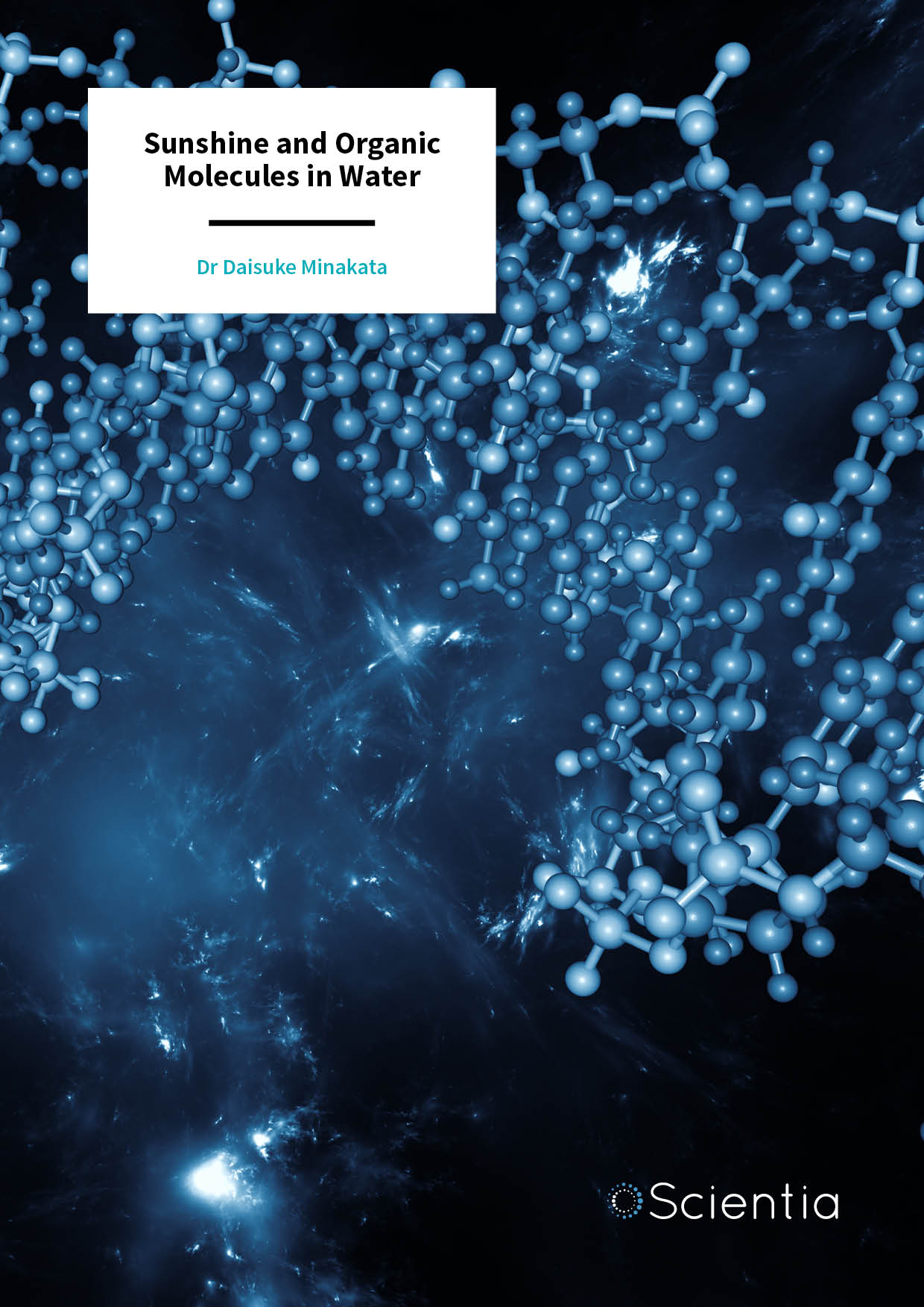
Dr Daisuke Minakata – Sunshine and Organic Molecules in Water
Organic molecules dissolved in rivers, lakes, seas and oceans are essential to plant and animal life. Some of these molecules are also degraded and enter a complex cycle of carbon, nitrogen and sulphur containing compounds. Surprisingly, scientists currently have a limited understanding of the fate of these molecules. Dr Daisuke Minakata and his colleagues from Michigan Technological University are involved in an ambitious programme to overcome this critical knowledge gap.
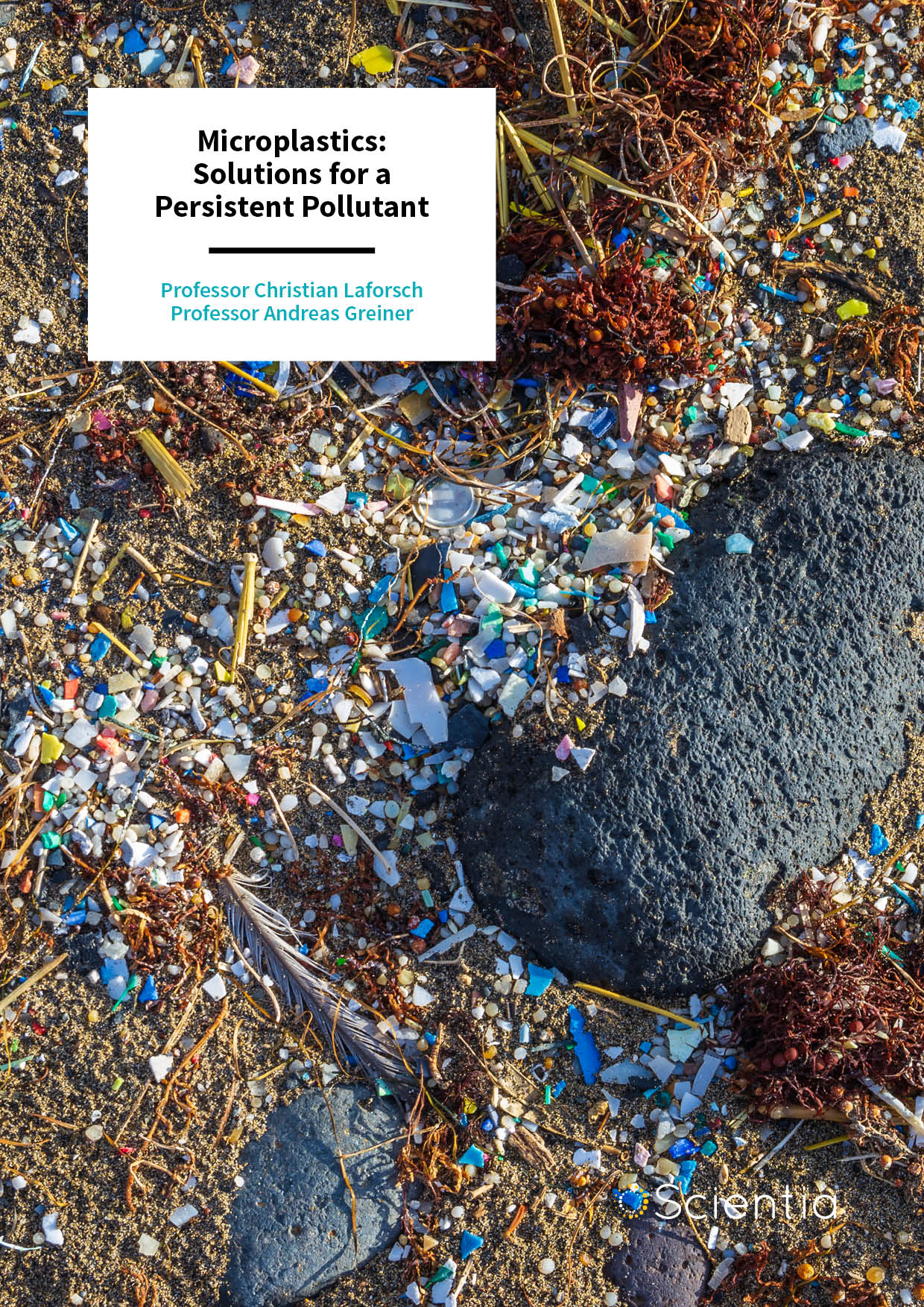
Professor Christian Laforsch | Professor Andreas Greiner – Microplastics: Solutions for a Persistent Pollutant
Plastics have revolutionised human existence. Medicine, technology, agriculture and construction all rely on highly durable plastic materials. However, the enduring legacy of plastics extends far beyond our cities and towns. Everywhere we look, from the deepest parts of the oceans to alpine glaciers, we find tiny fragments called microplastics. Recently, the collaborative research centre, ‘CRC 1357 Microplastic’, at the University of Bayreuth was granted a second funding phase by the German Science Foundation, to continue their intensive research into microplastics. The CRC 1357 team studies the formation and behaviour of microplastics in the environment and their long-term effects on soils, plants, organisms, and ecosystem processes. Through their research, the University of Bayreuth will be able to contribute to ground-breaking recommendations for policy-makers, industry and society.
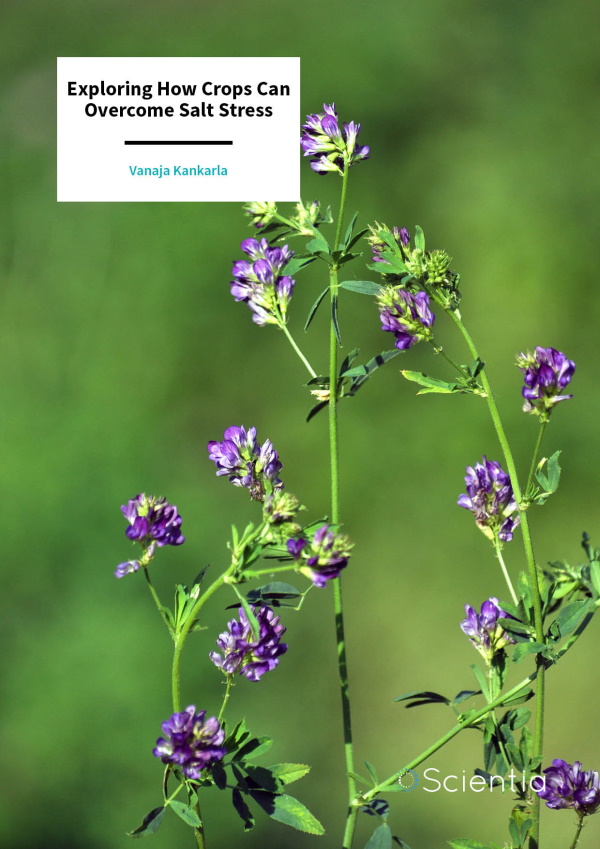
Dr Vanaja Kankarla | Exploring How Crops Can Overcome Salt Stress
Plant health is inextricably linked to the soil. An excess of salt can affect a plant’s ability to uptake other nutrients and reduce its overall growth. For crops, reduced growth translates to lower yields. Most research on this issue focuses on growing cultivars that are salt tolerant. Dr Vanaja Kankarla inspected the problem from a different angle. Her team studied how two forage crops, alfalfa and triticale, responded to saline water. The team’s results highlight triticale’s outstanding salt tolerance and shows that saline irrigation may actually boost alfalfa yields.
